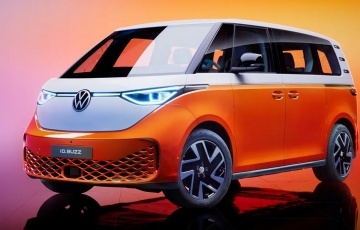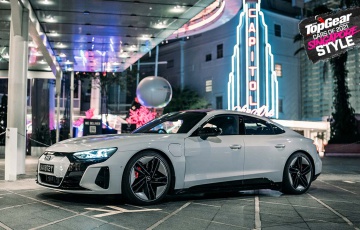This is the new Audi Q8 e-tron. Looks familiar doesn’t it?
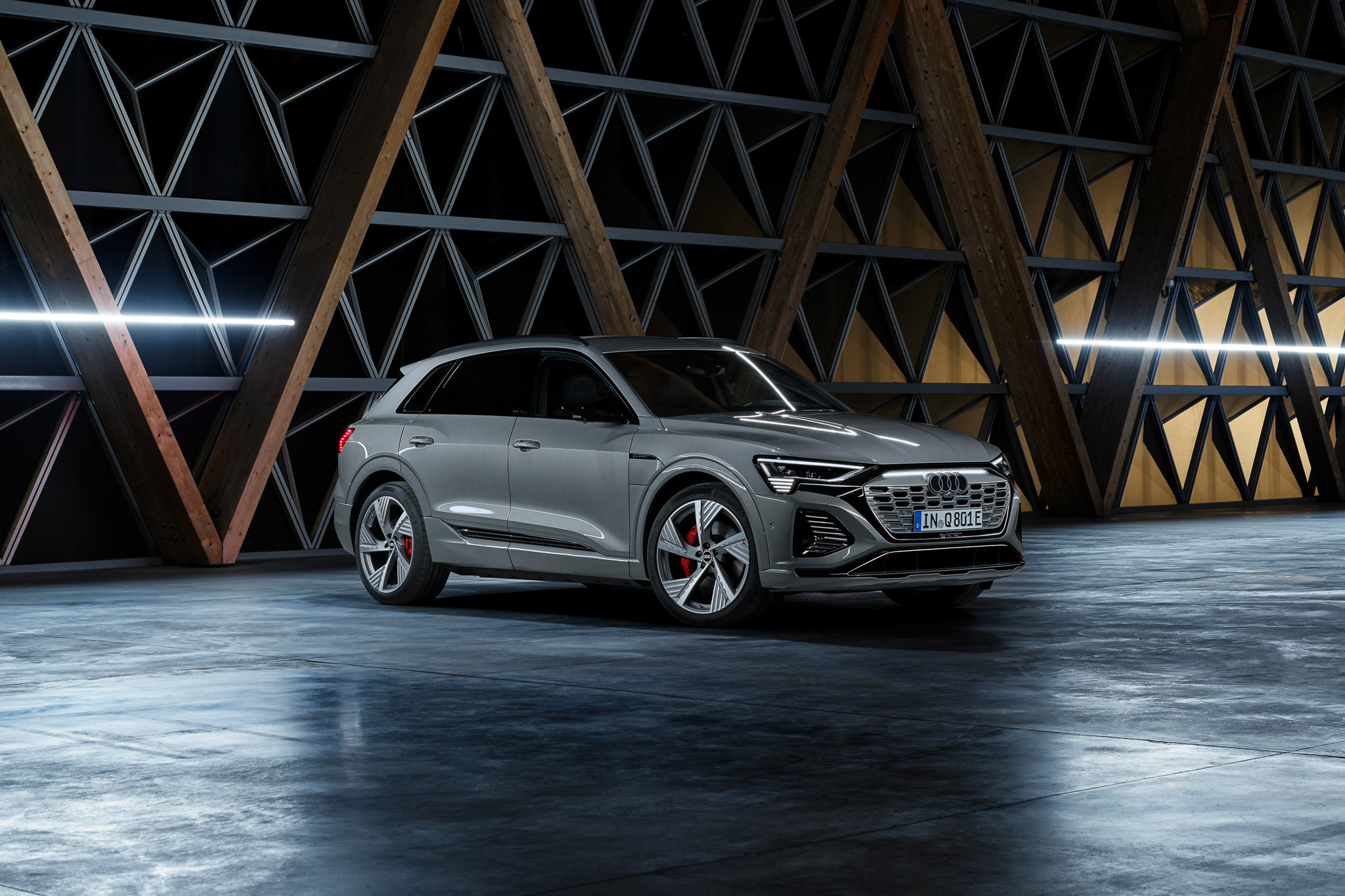
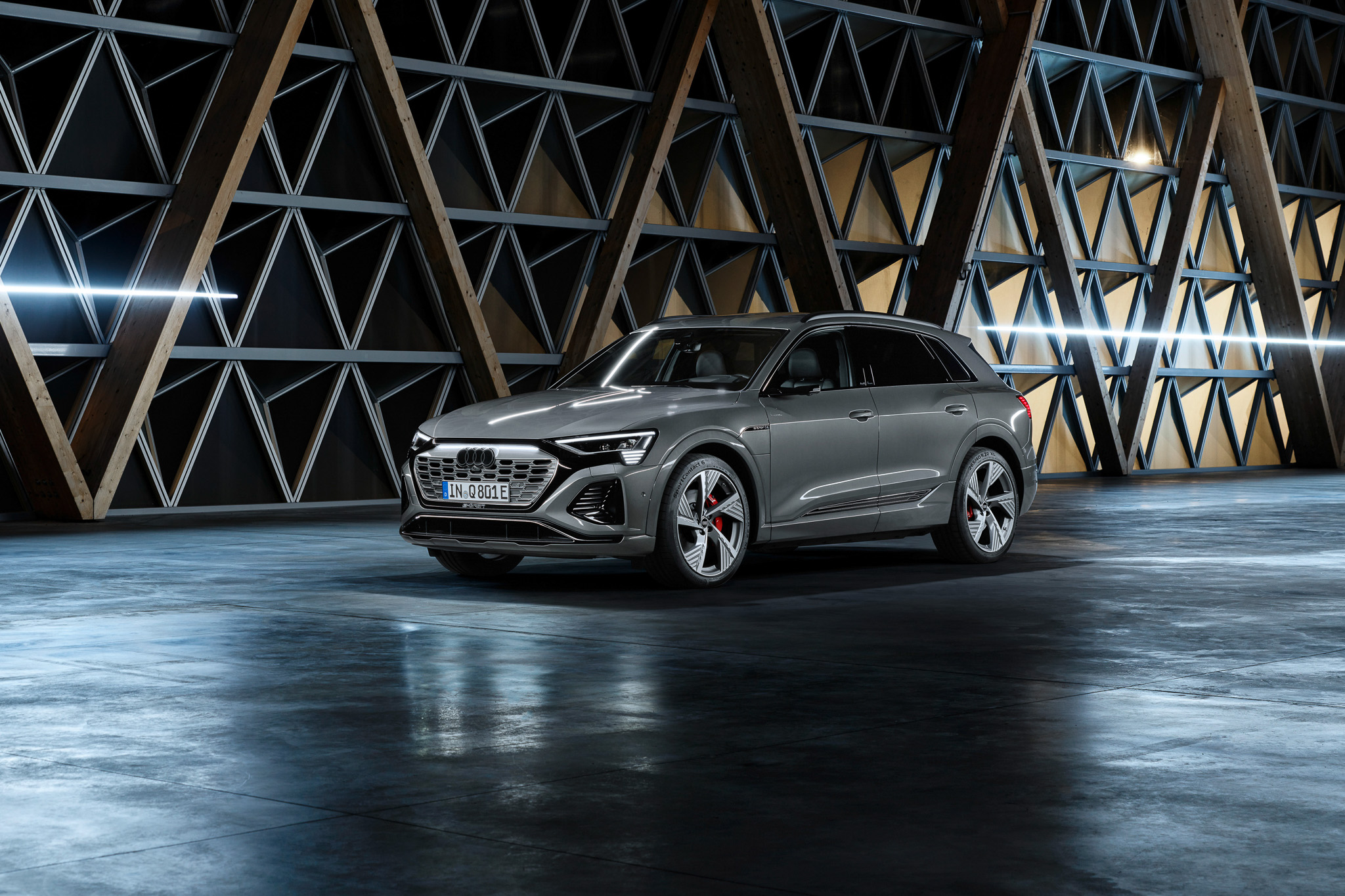

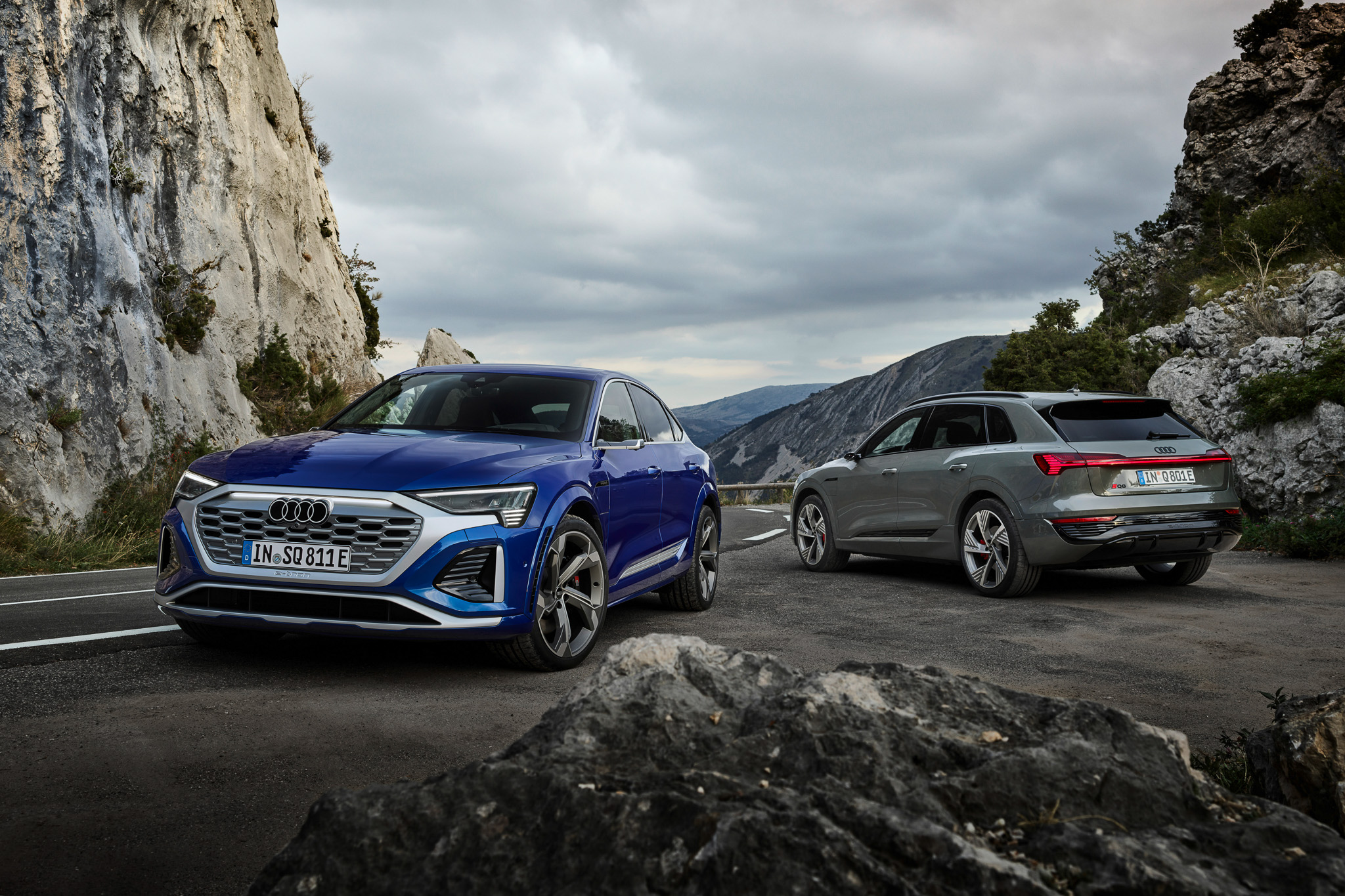
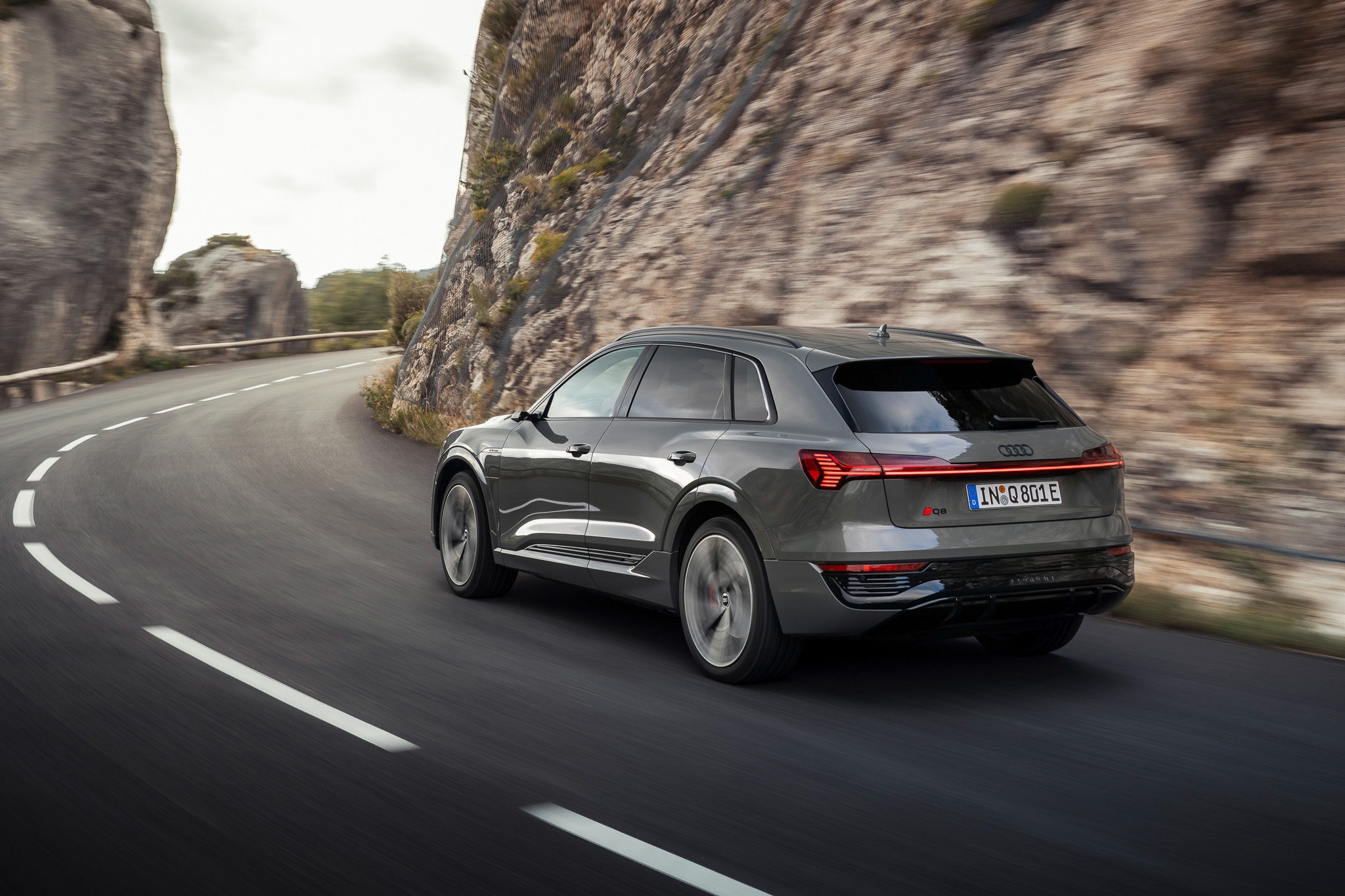
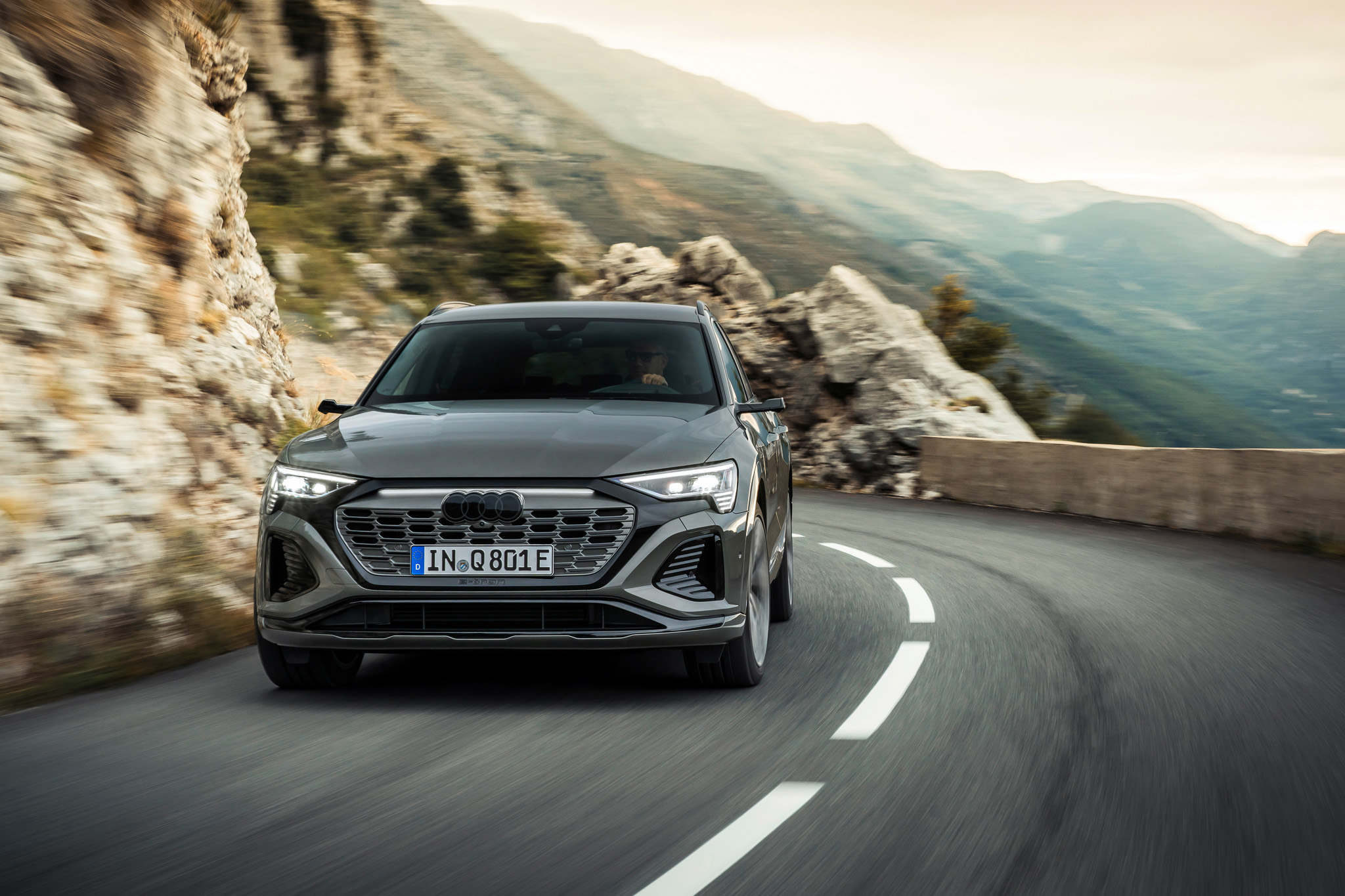
This is the new Audi Q8 e-tron. Looks familiar doesn’t it?
Ladies and gentlemen, here it is, the new Audi Q8 e-tron SUV. Only, it’s not an entirely new car. If you look past the new face with an accompanying light bar in the grille and new rim options, you’d realise this electric crossover actually exists now. We know of it as the e-tron SUV and e-tron Sportback. Allow us to explain.
The e-tron SUV range was first introduced in 2018, heralding the new age of electrified motoring from Audi. Given how Audi’s range of e-tron models has expanded to accommodate this full-size SUV, the more compact Q4 e-tron SUV and the e-tron GT (and RS e-tron GT), the old naming convention of the e-tron SUV was getting a bit dated. So henceforth, it shall be known as the Q8 e-tron. We’d happily stick to this nomenclature.
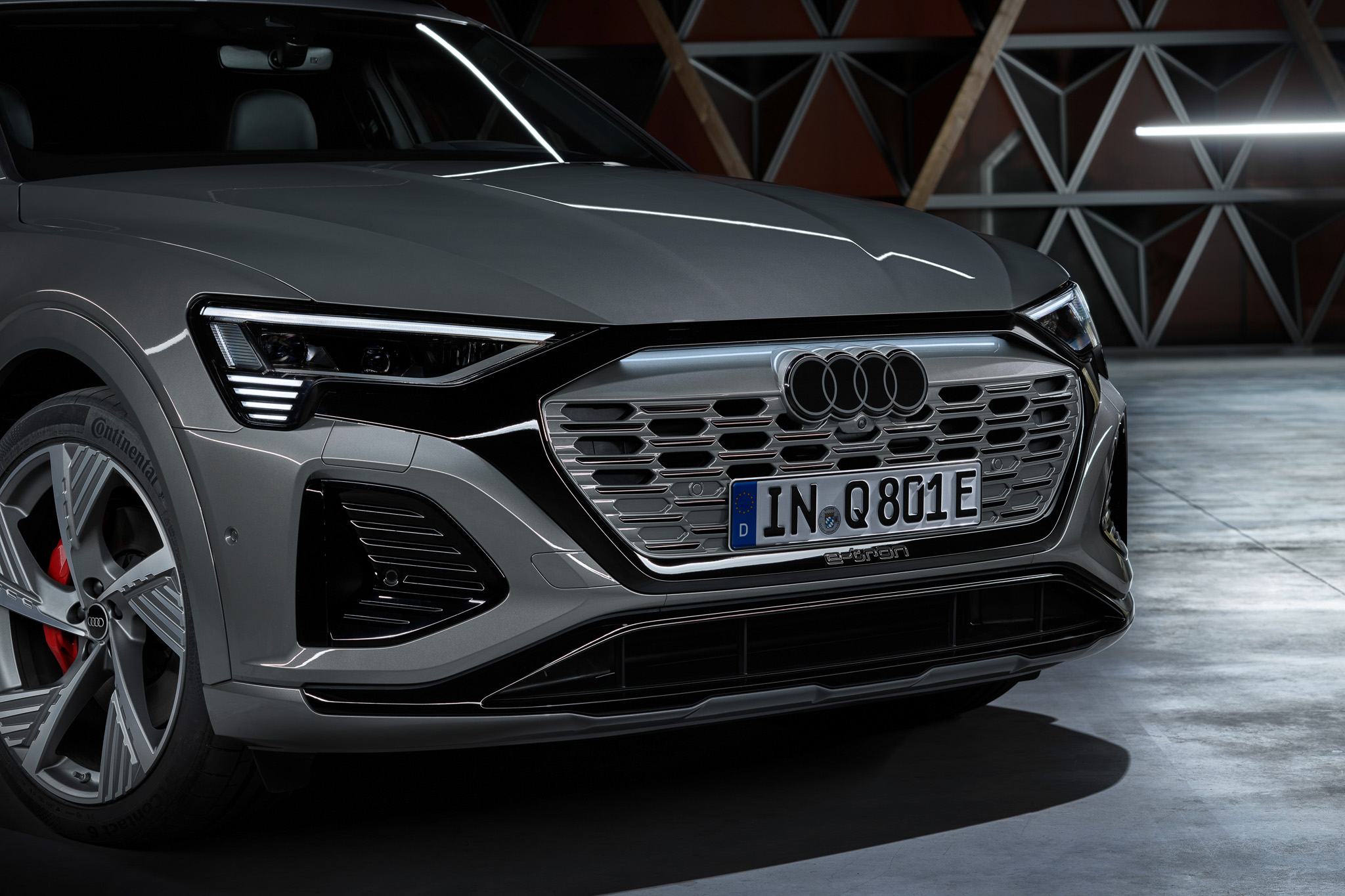
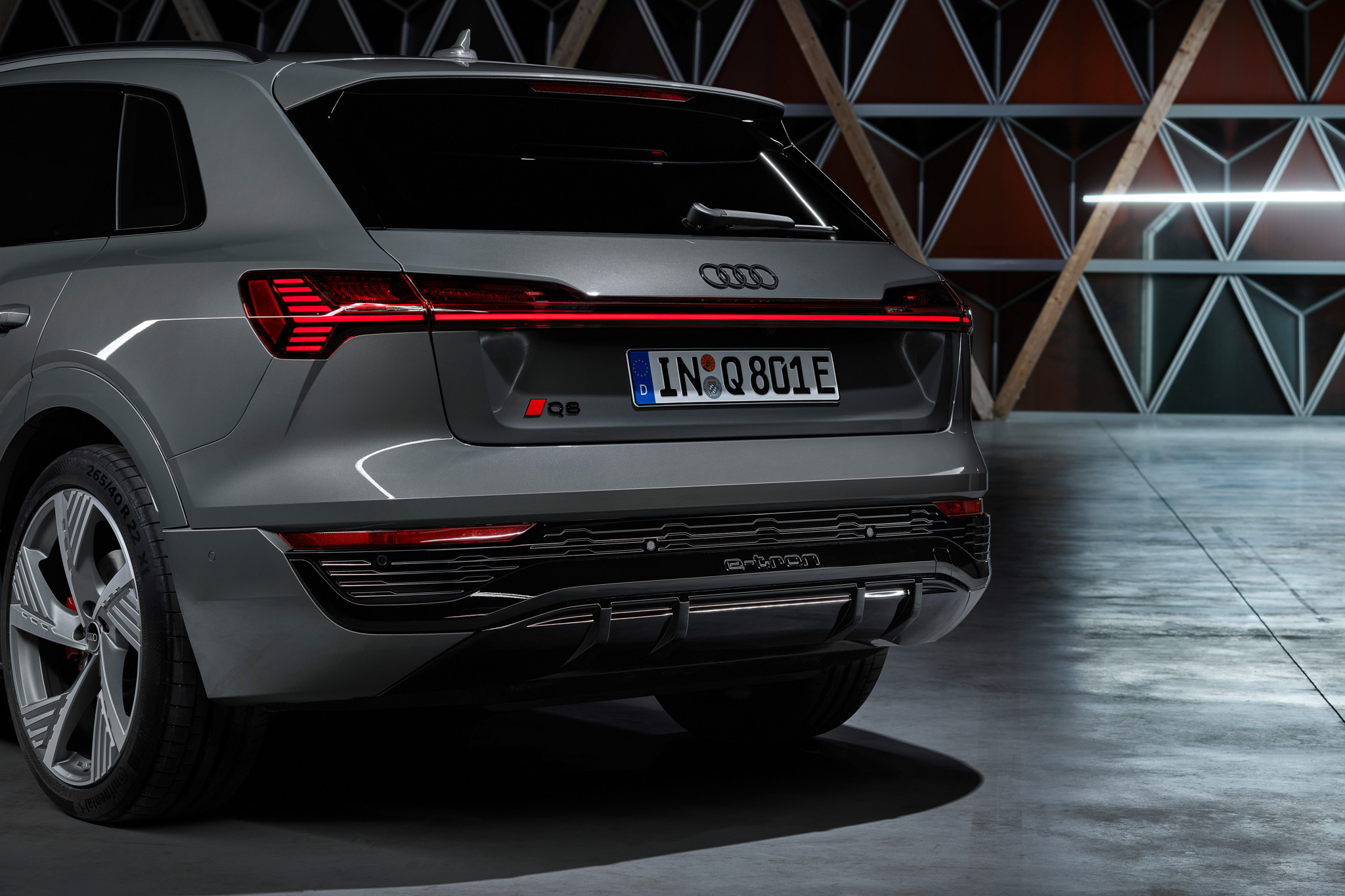
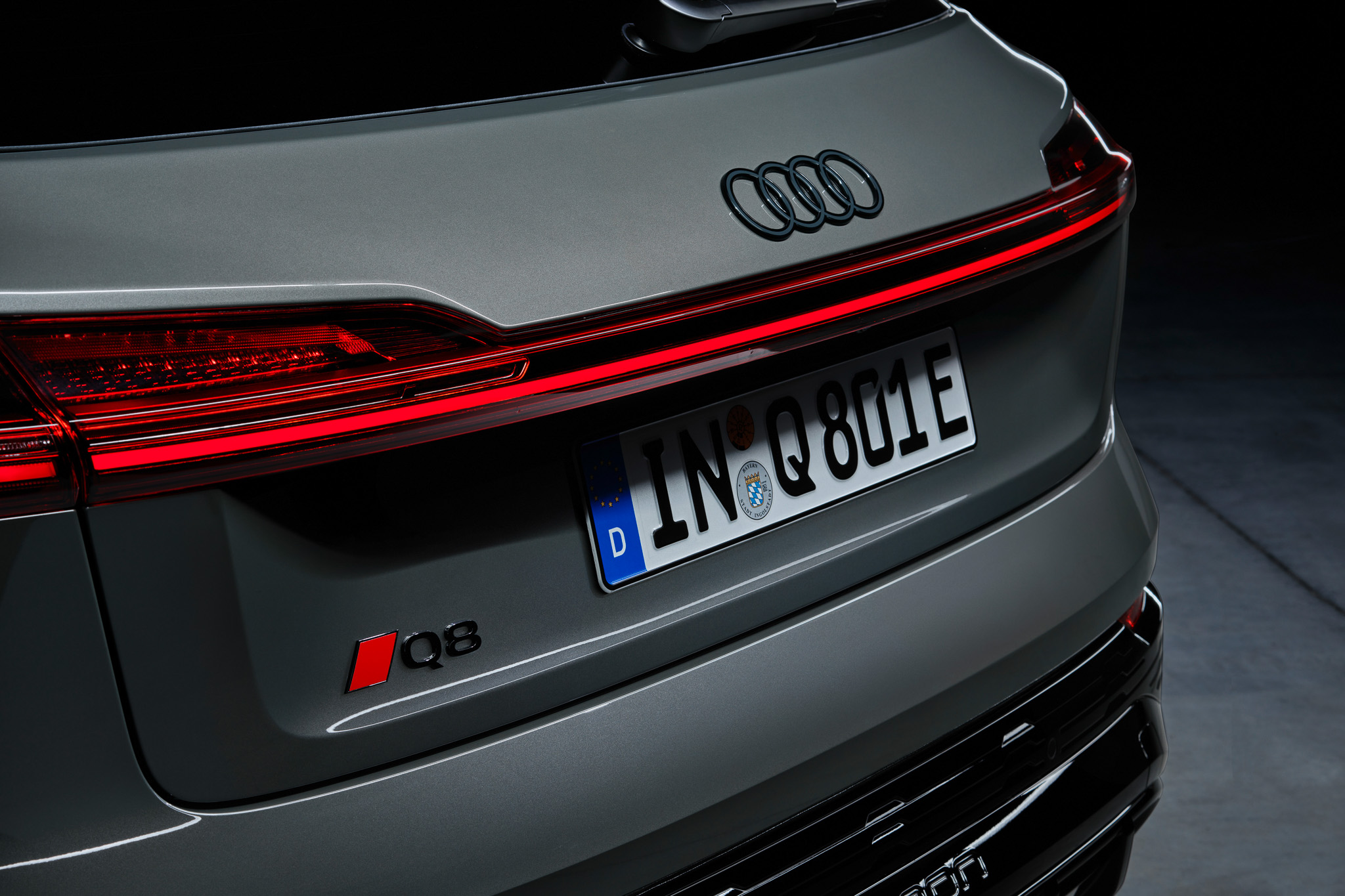
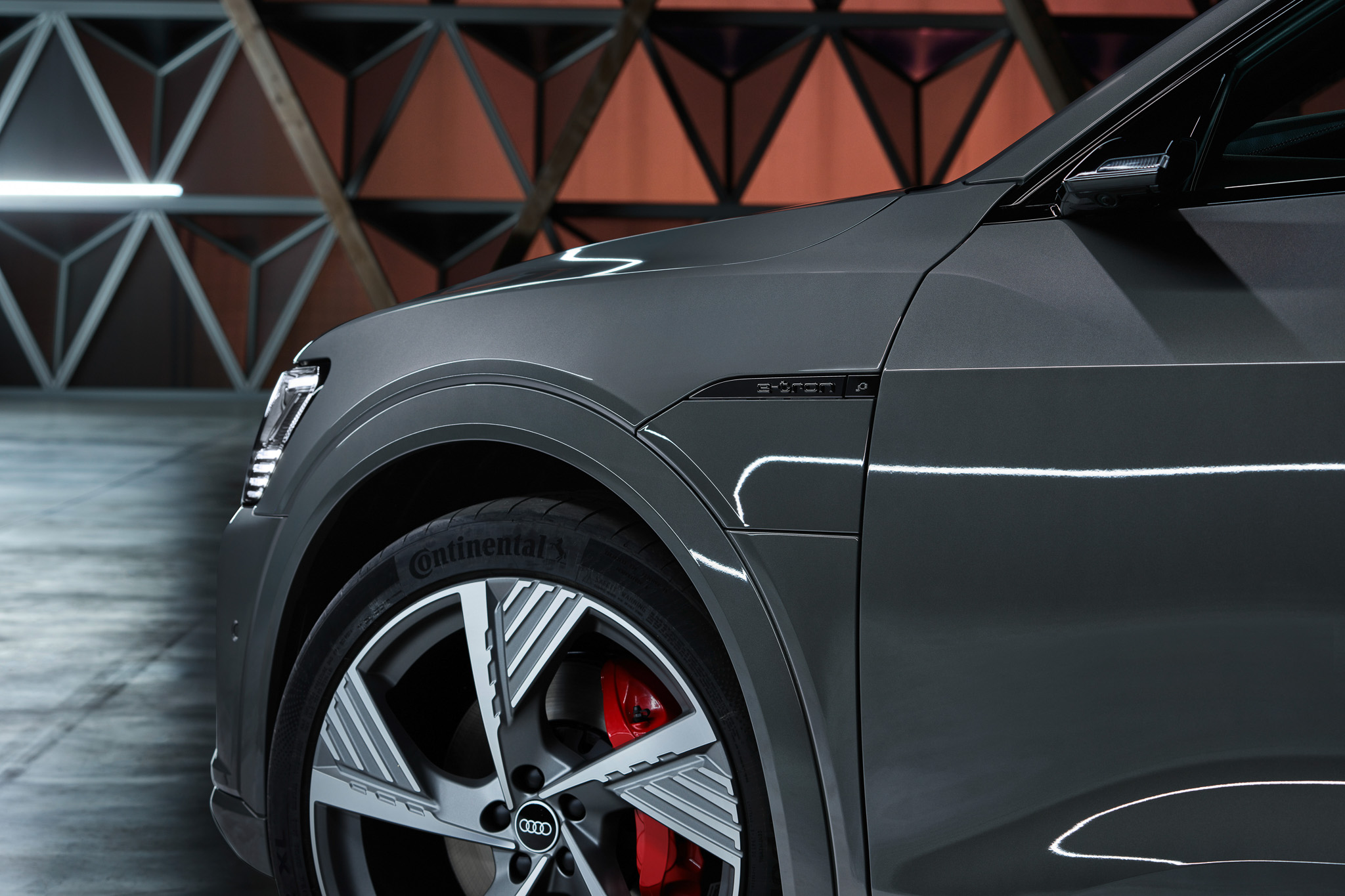
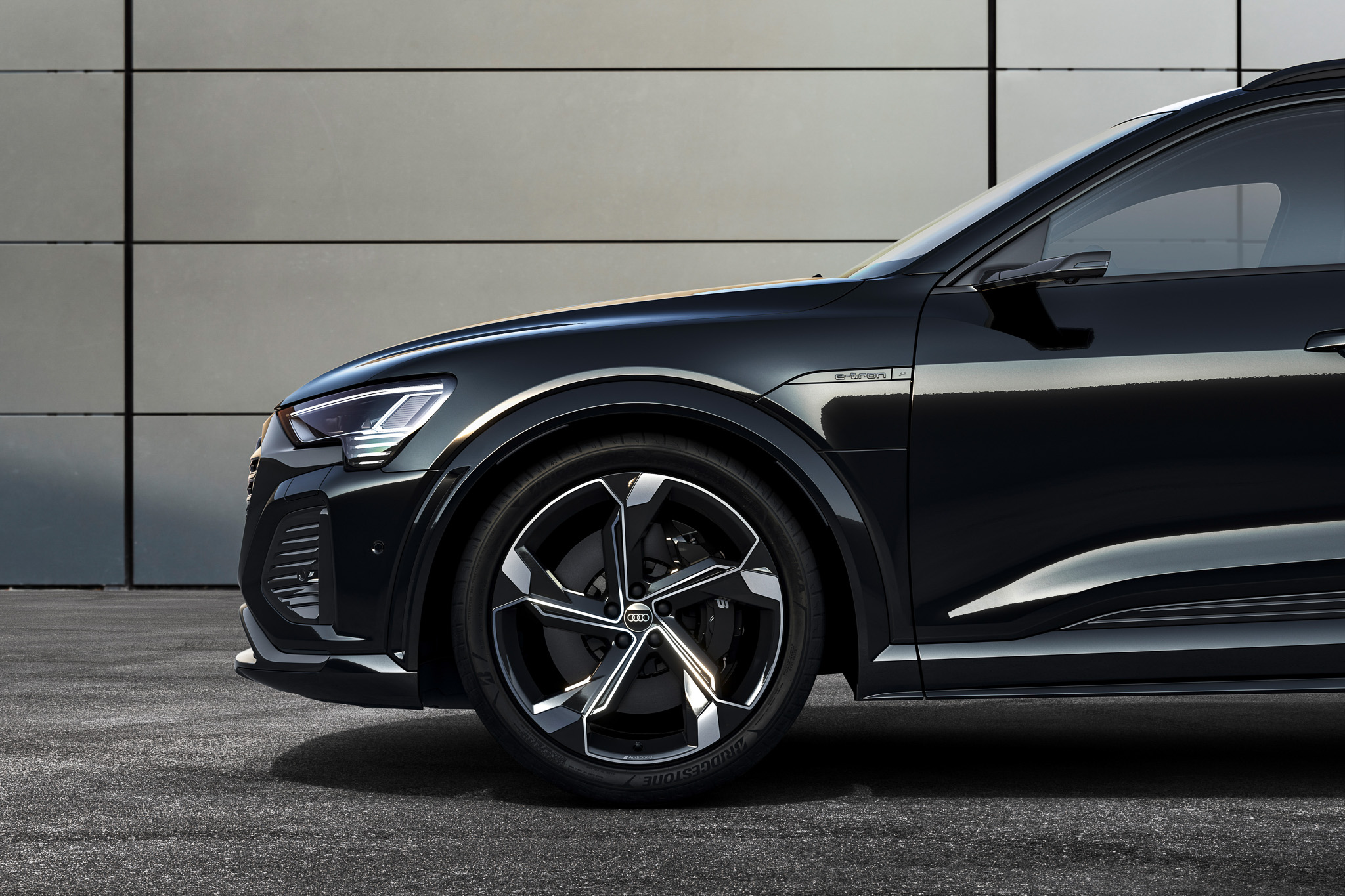
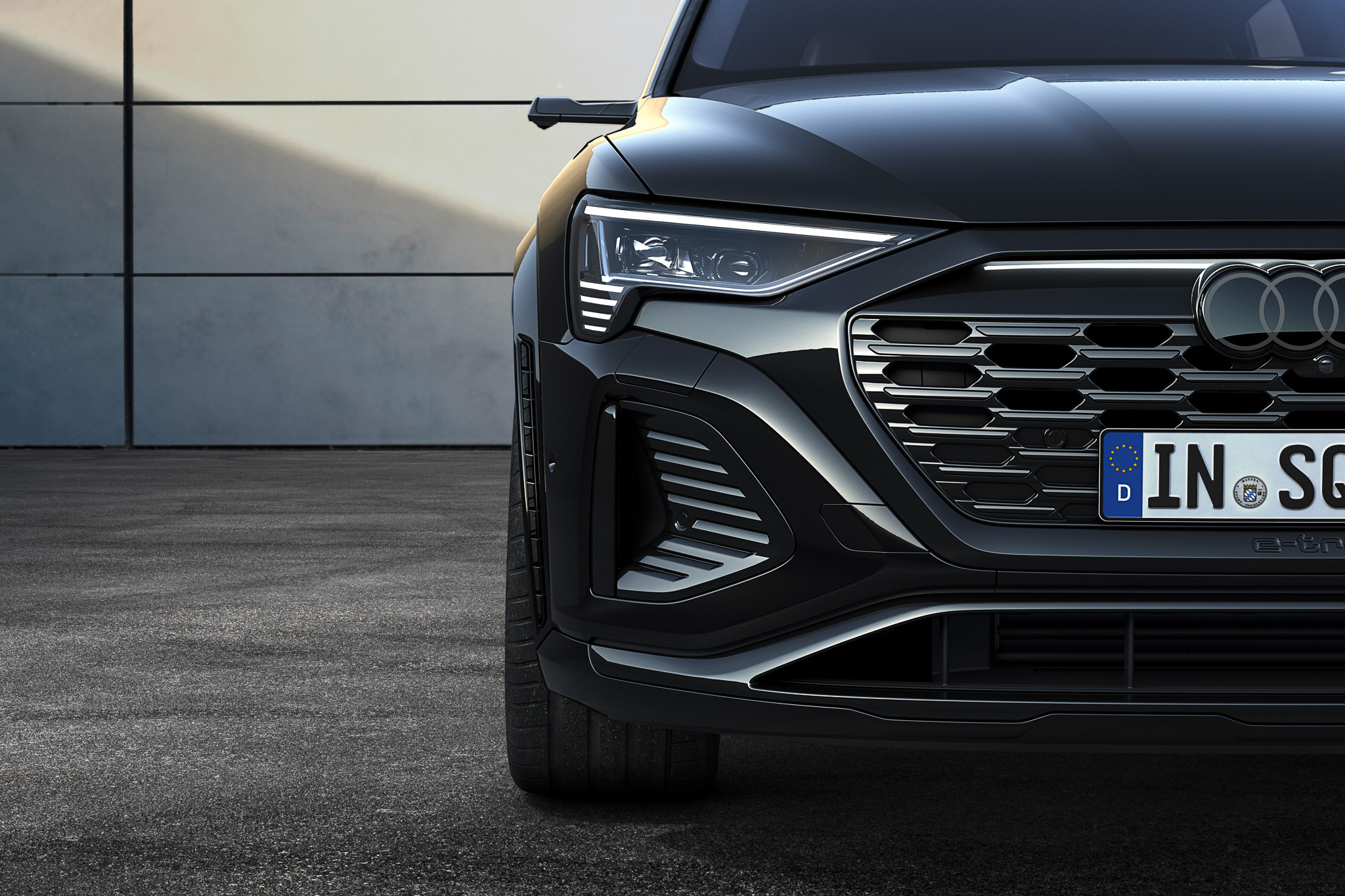
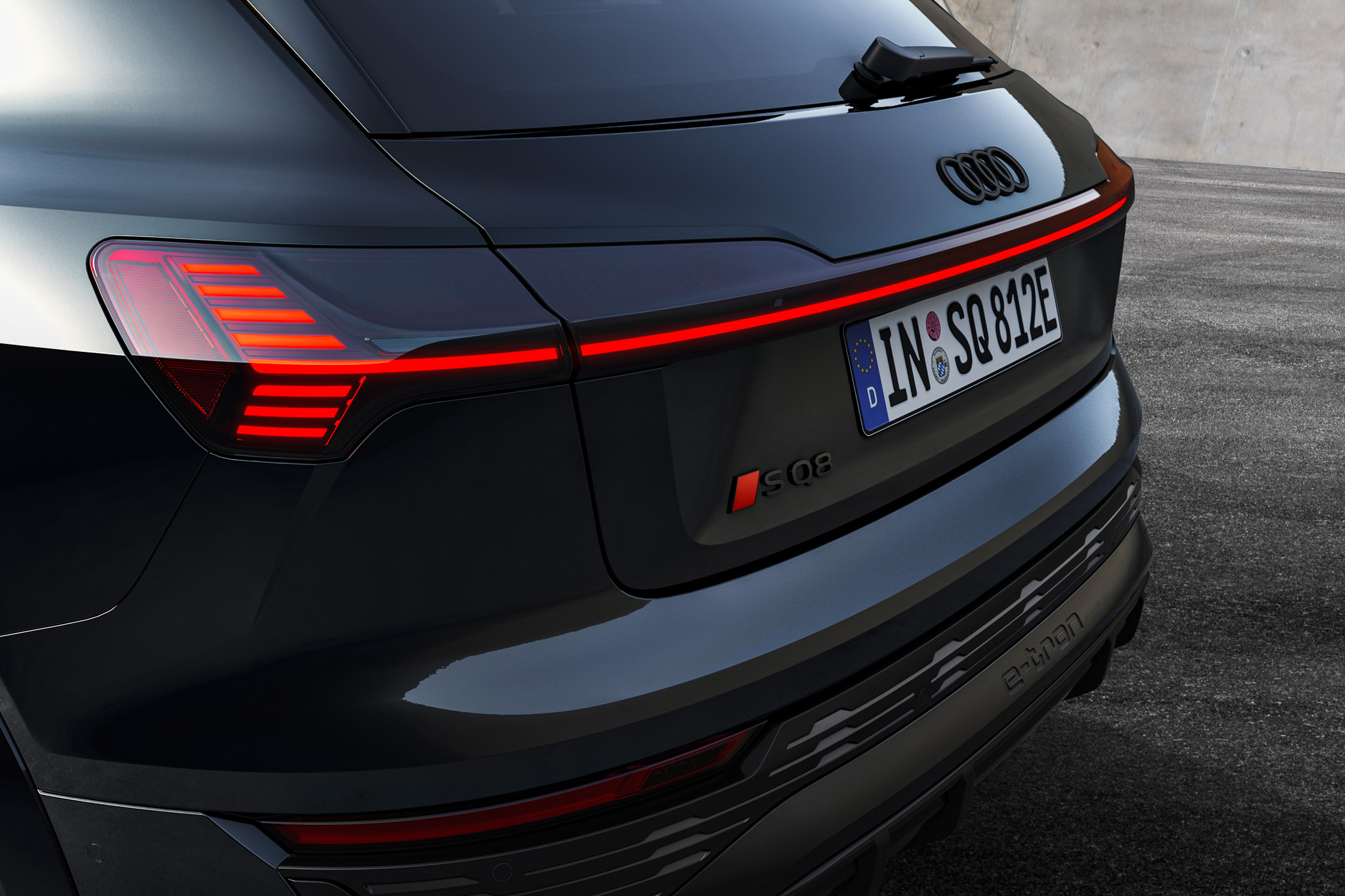
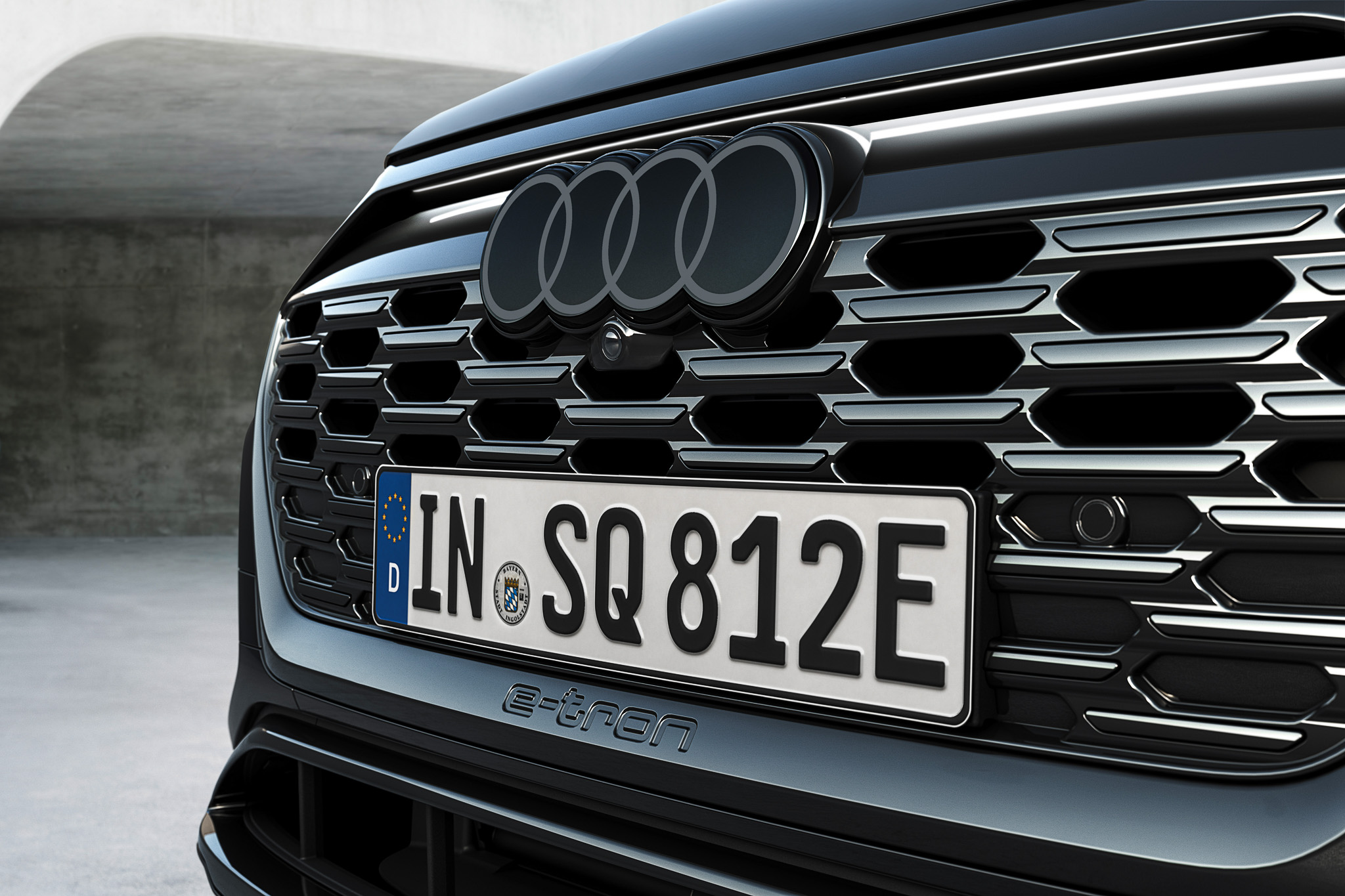
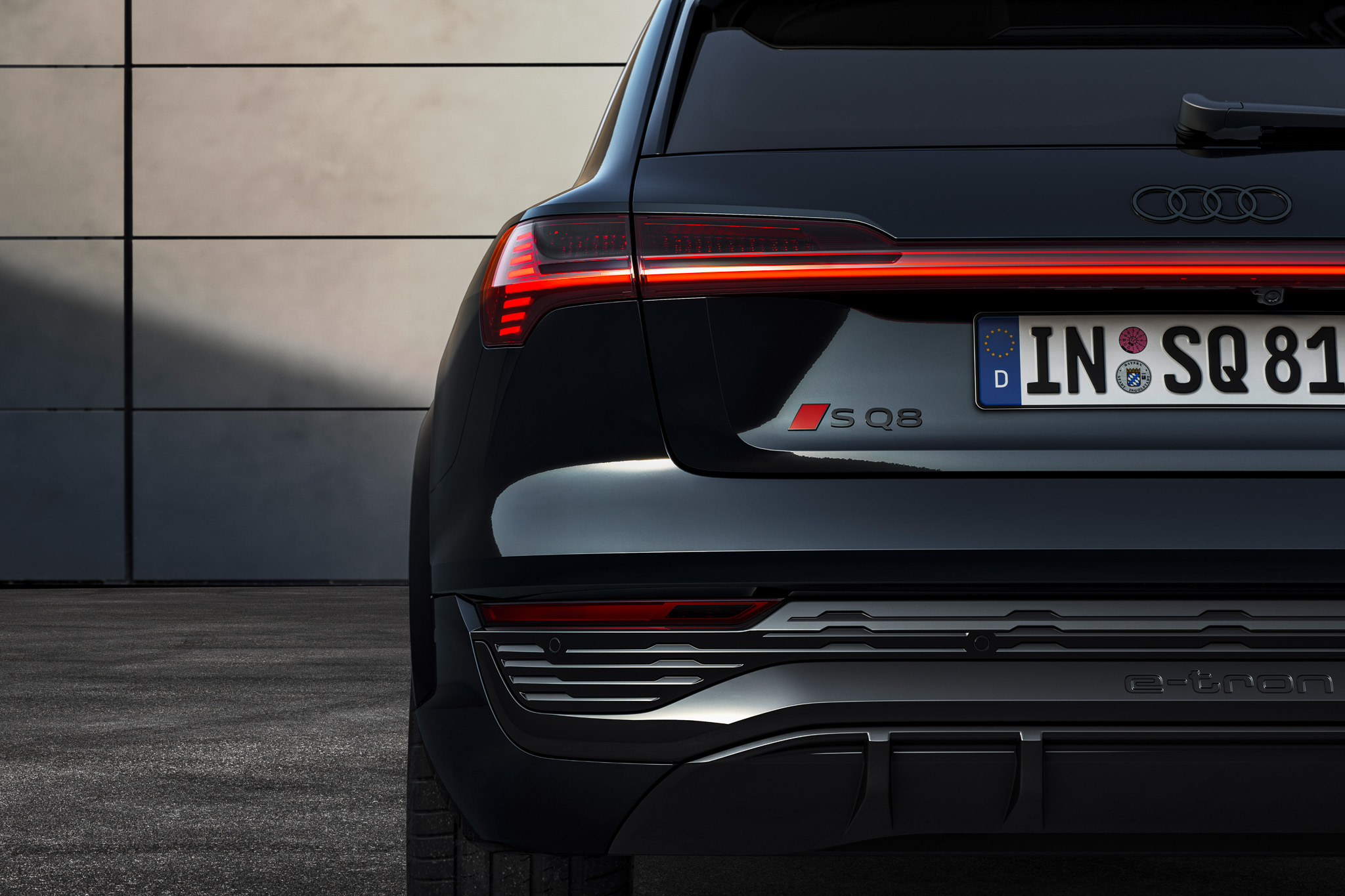
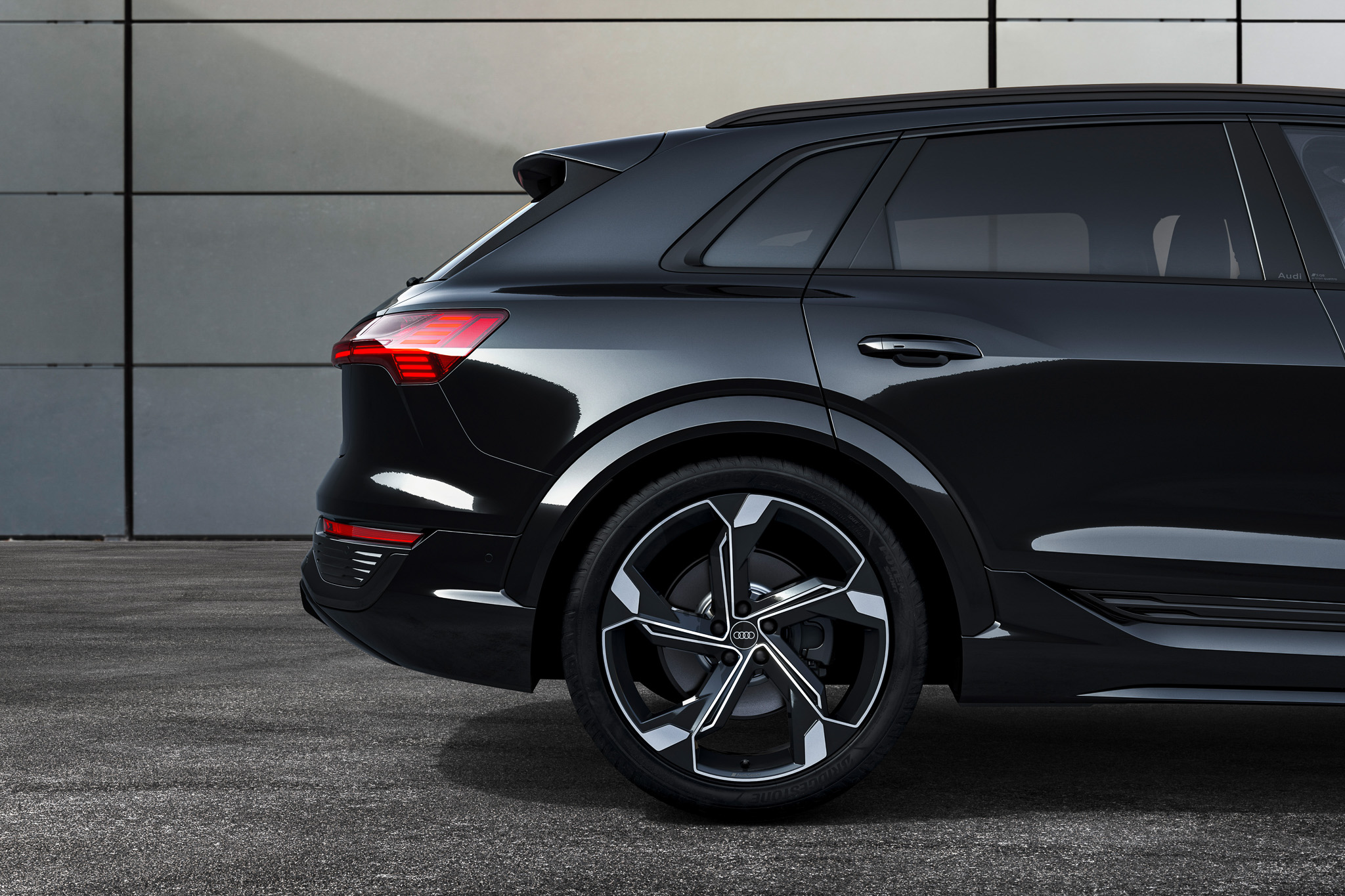
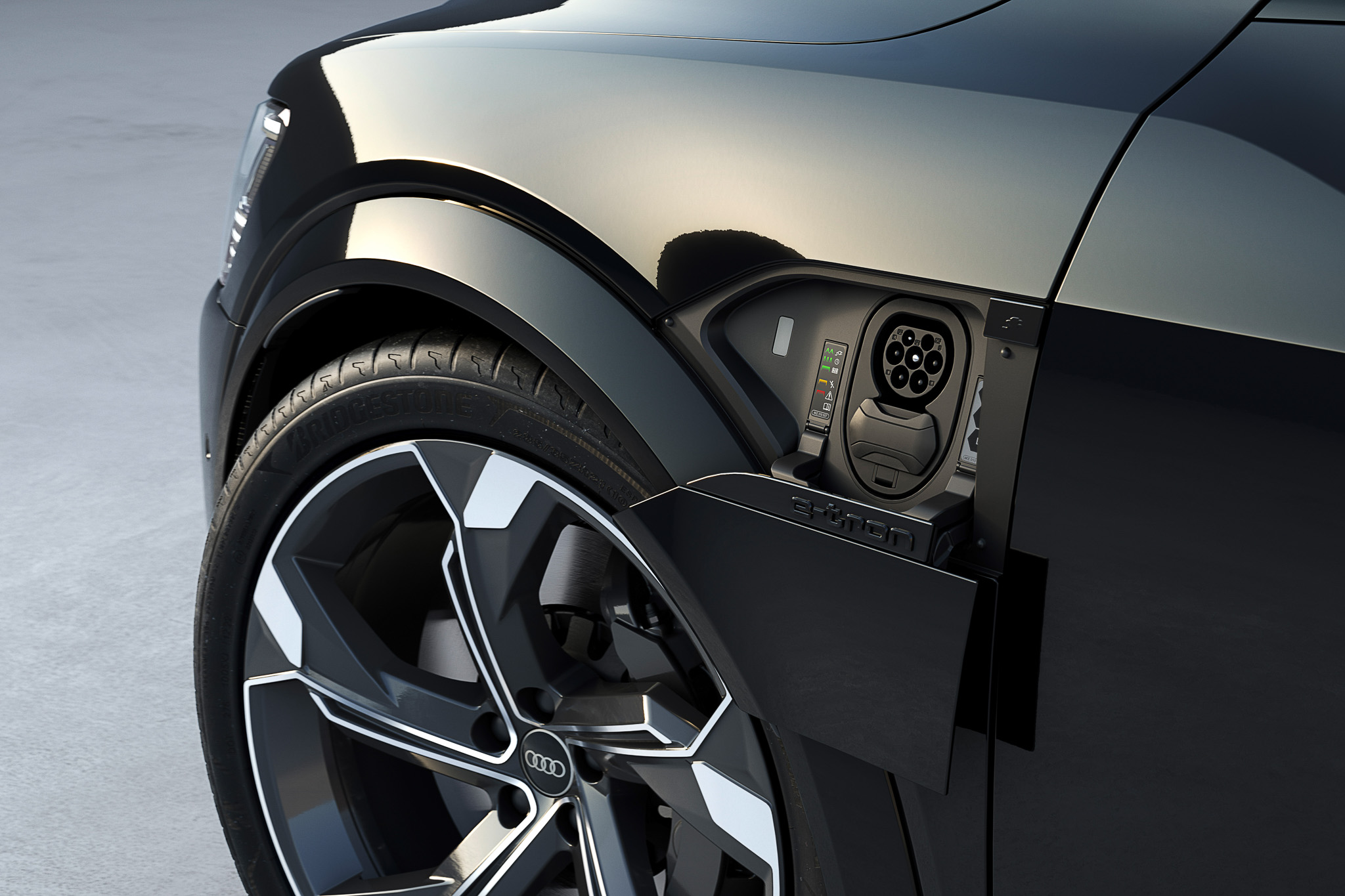
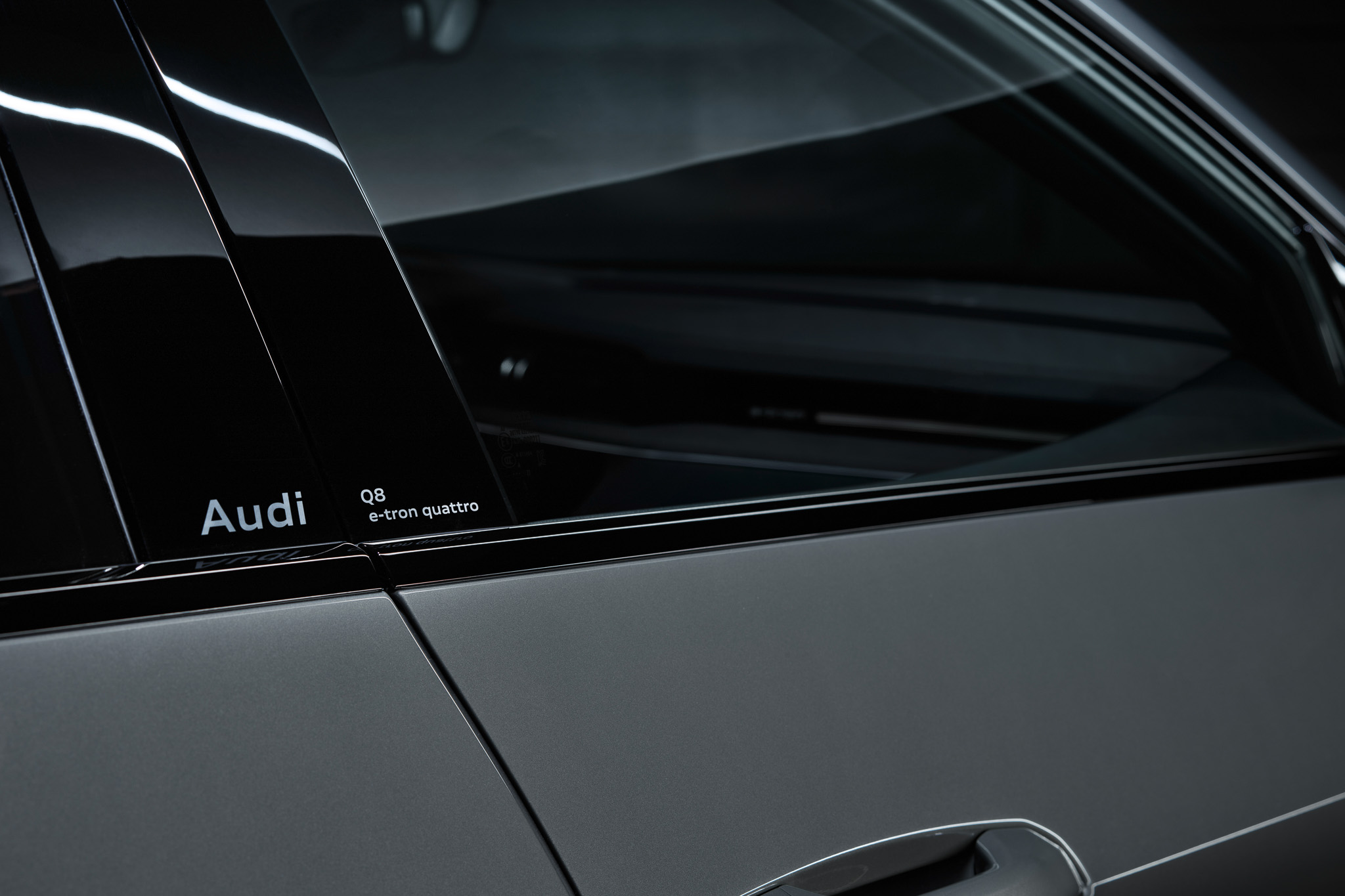
New naming convention aside, there are several changes for this model refresh. There is a new grille with hexagonal slots for cooling the EV drivetrain, new grille surrounds, new digital LED matrix headlamps, a slightly reworked rear bumper and most importantly, a new badge on the rear that denotes it as the Q8 e-tron. Or the SQ8 e-tron. The new bodywork also improved the aerodynamics of the Q8 e-tron. The drag coefficients of both the Q8 e-tron and Q8 e-tron Sportback have been reduced, from Cd 0.26 to 0.24 in the Sportback and Cd 0.28 to 0.27 in the regular Q8 e-tron.
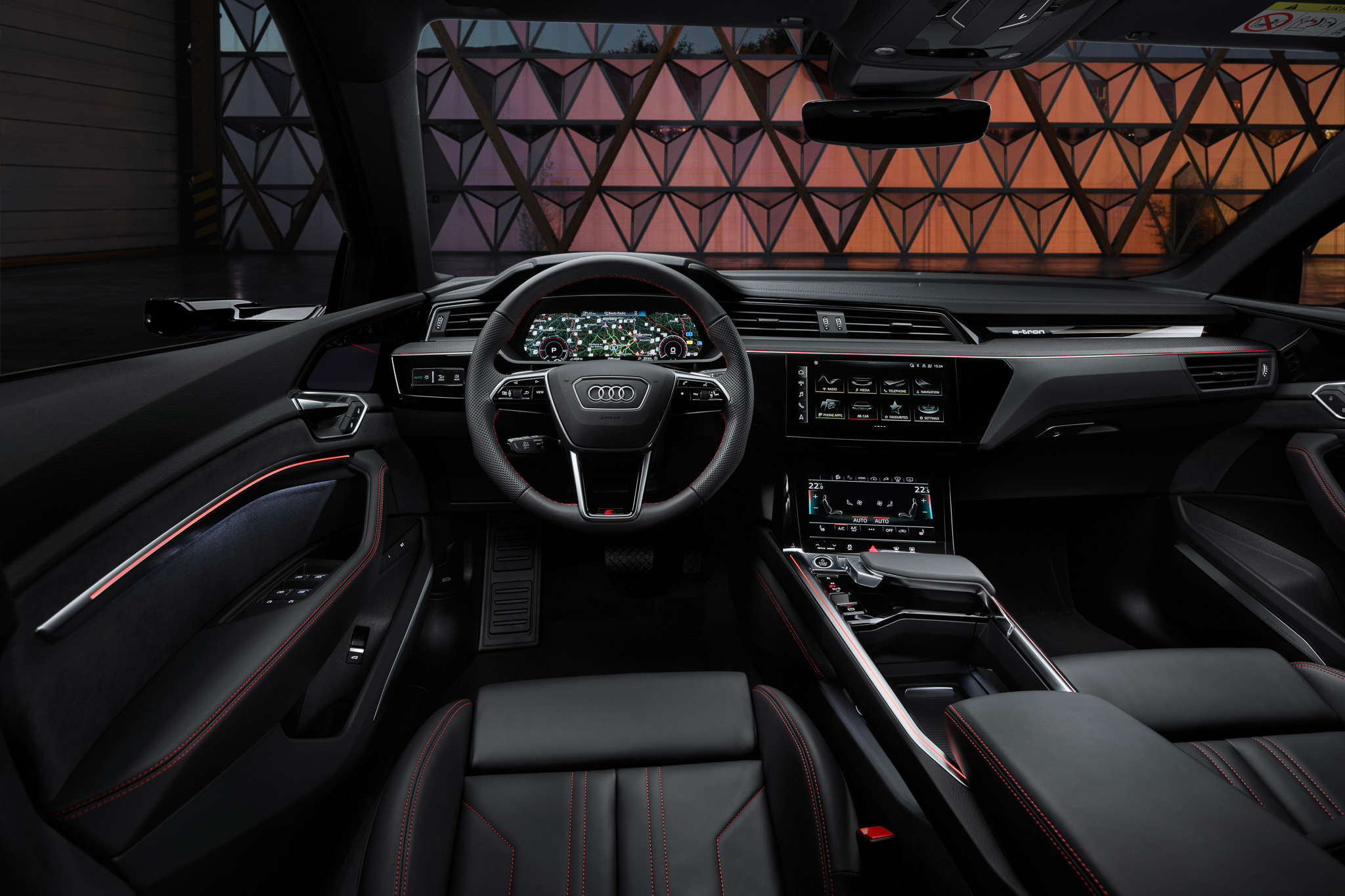
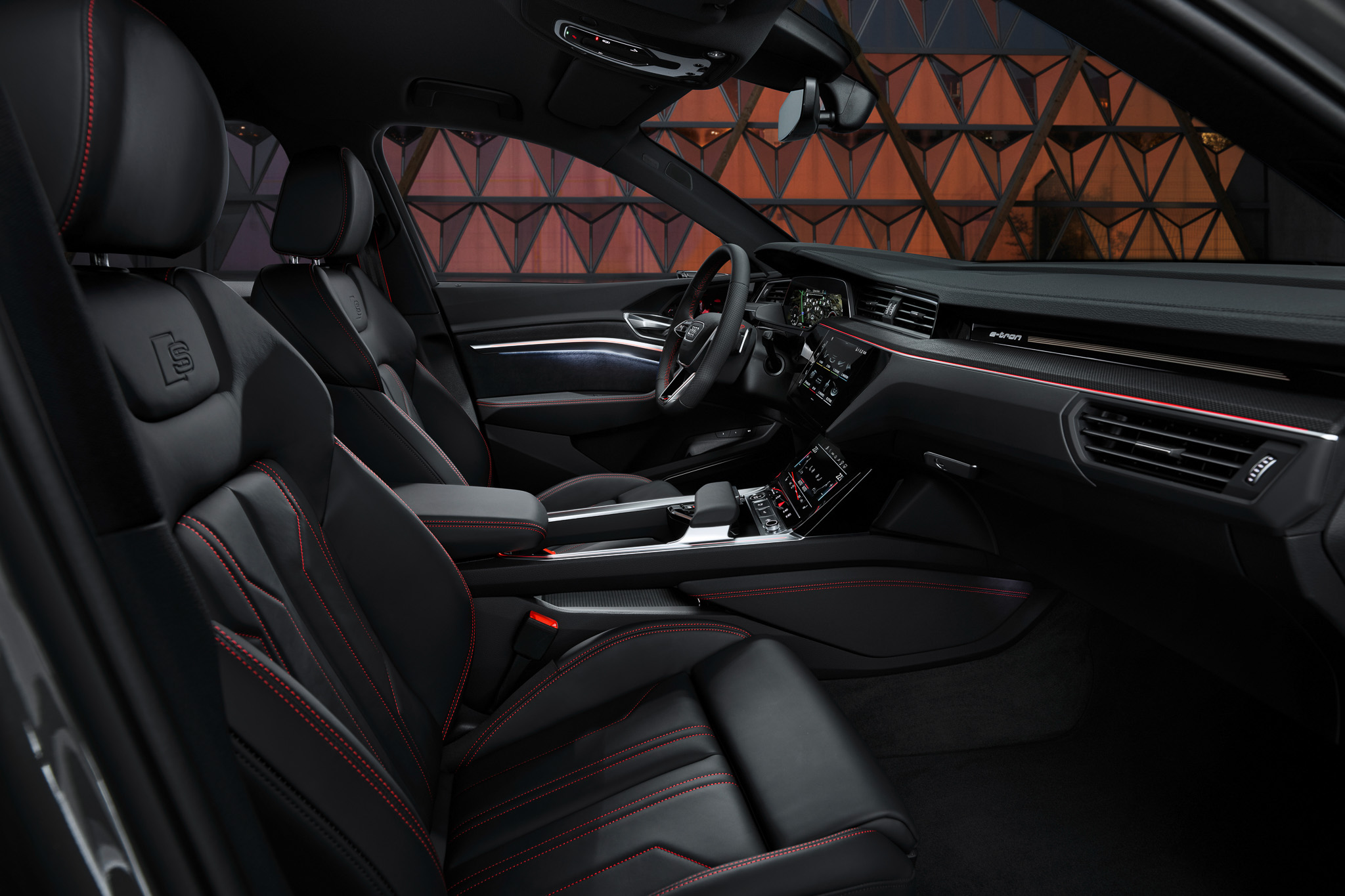
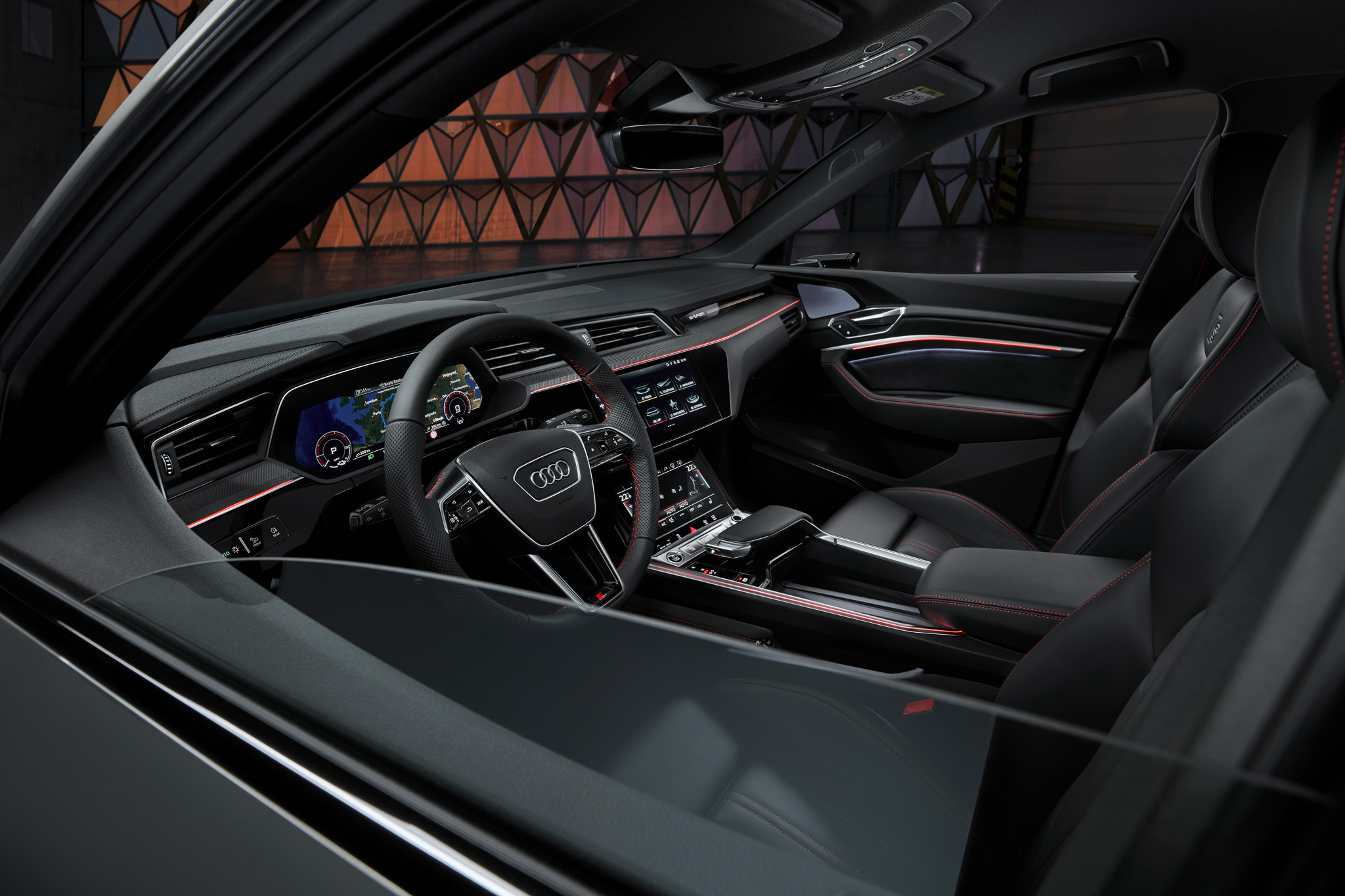
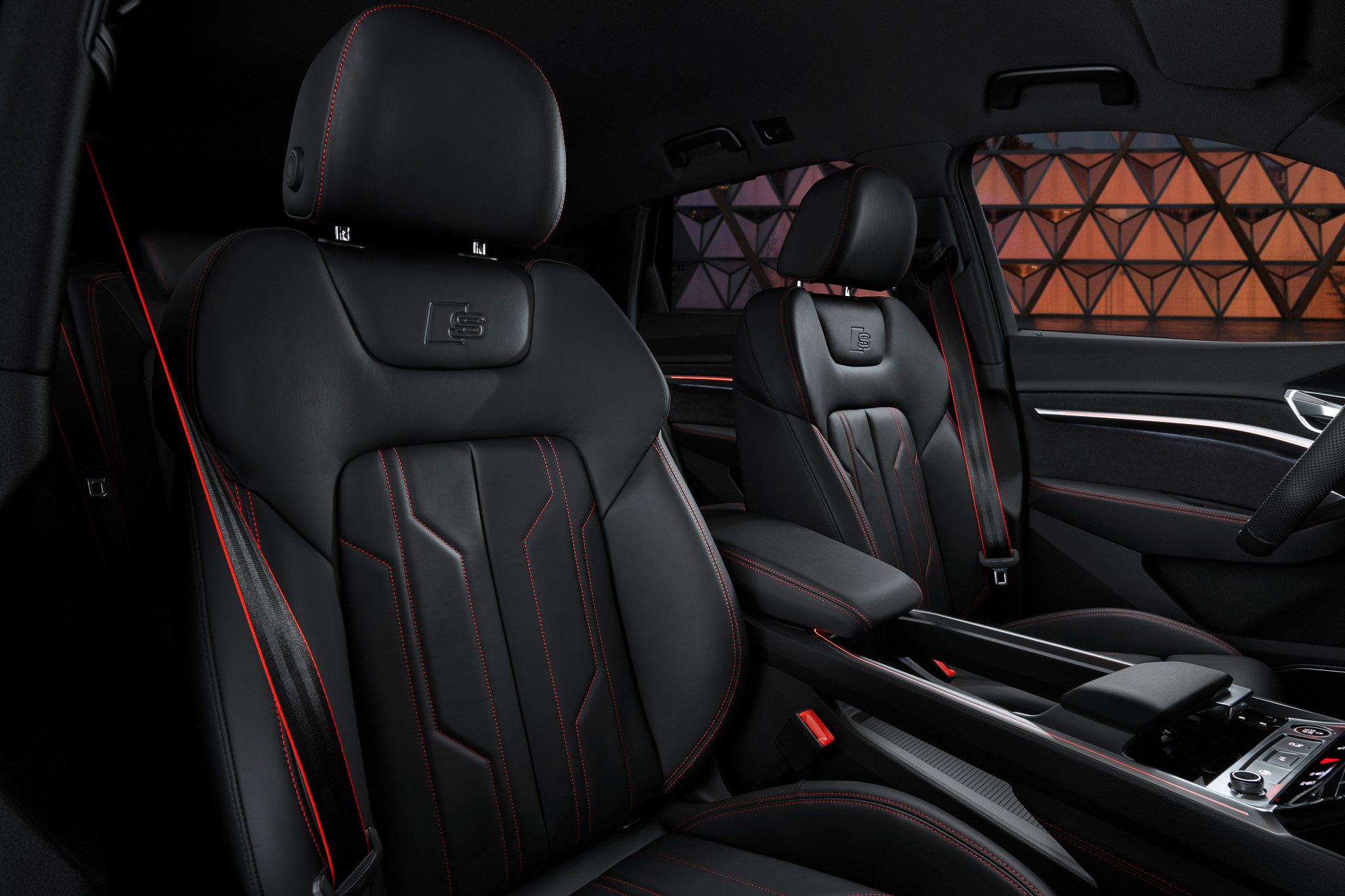
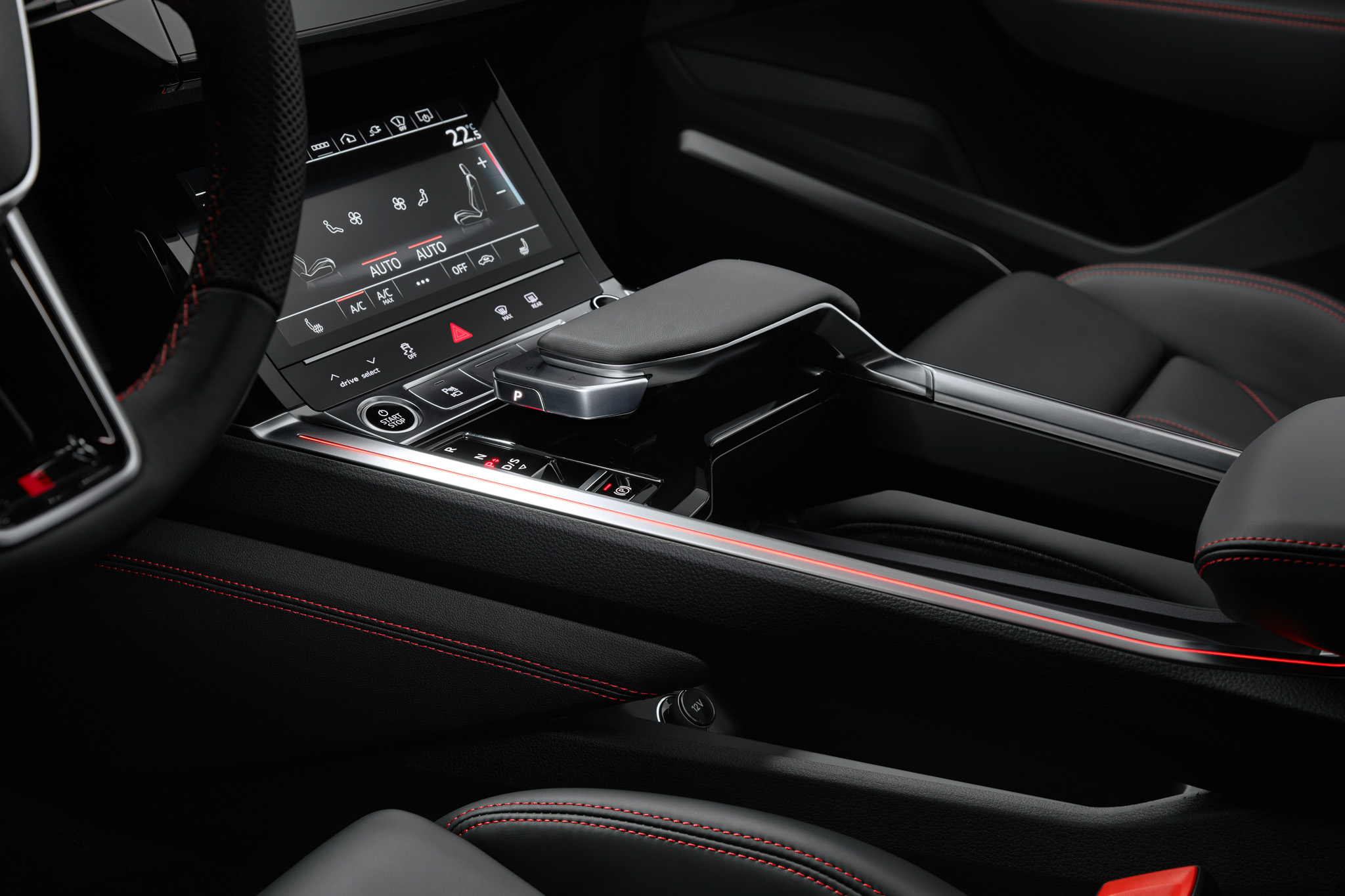
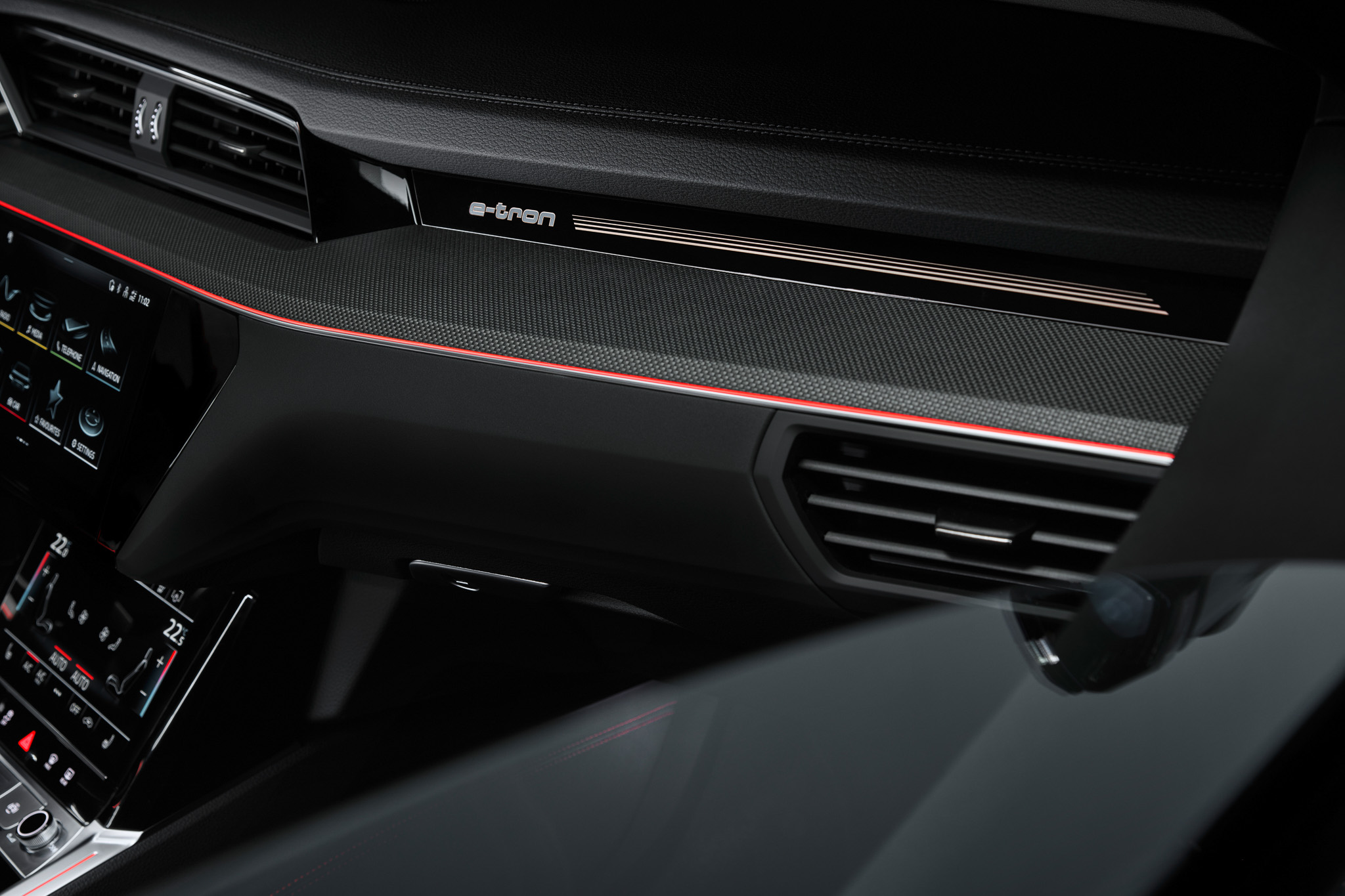
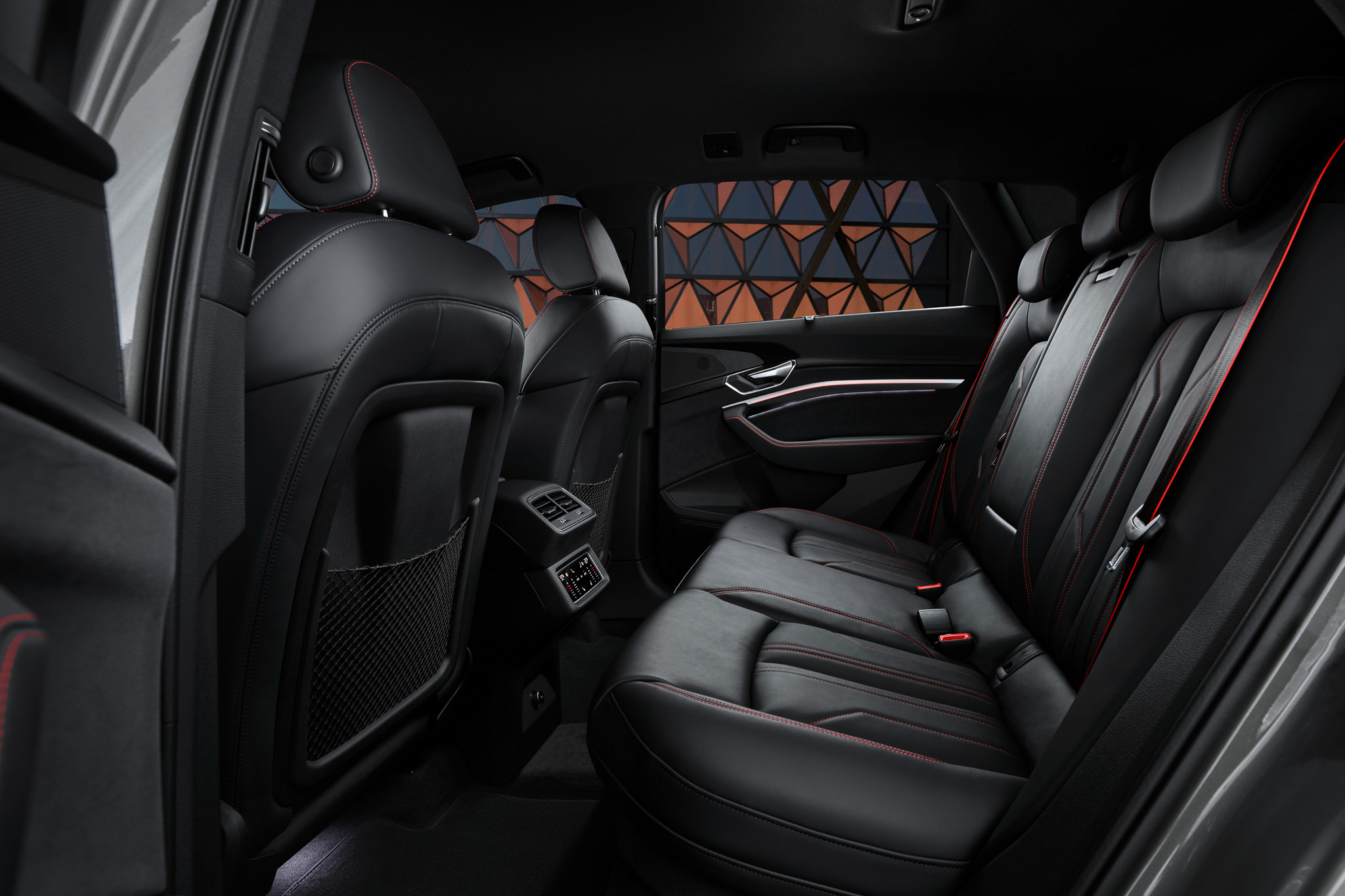
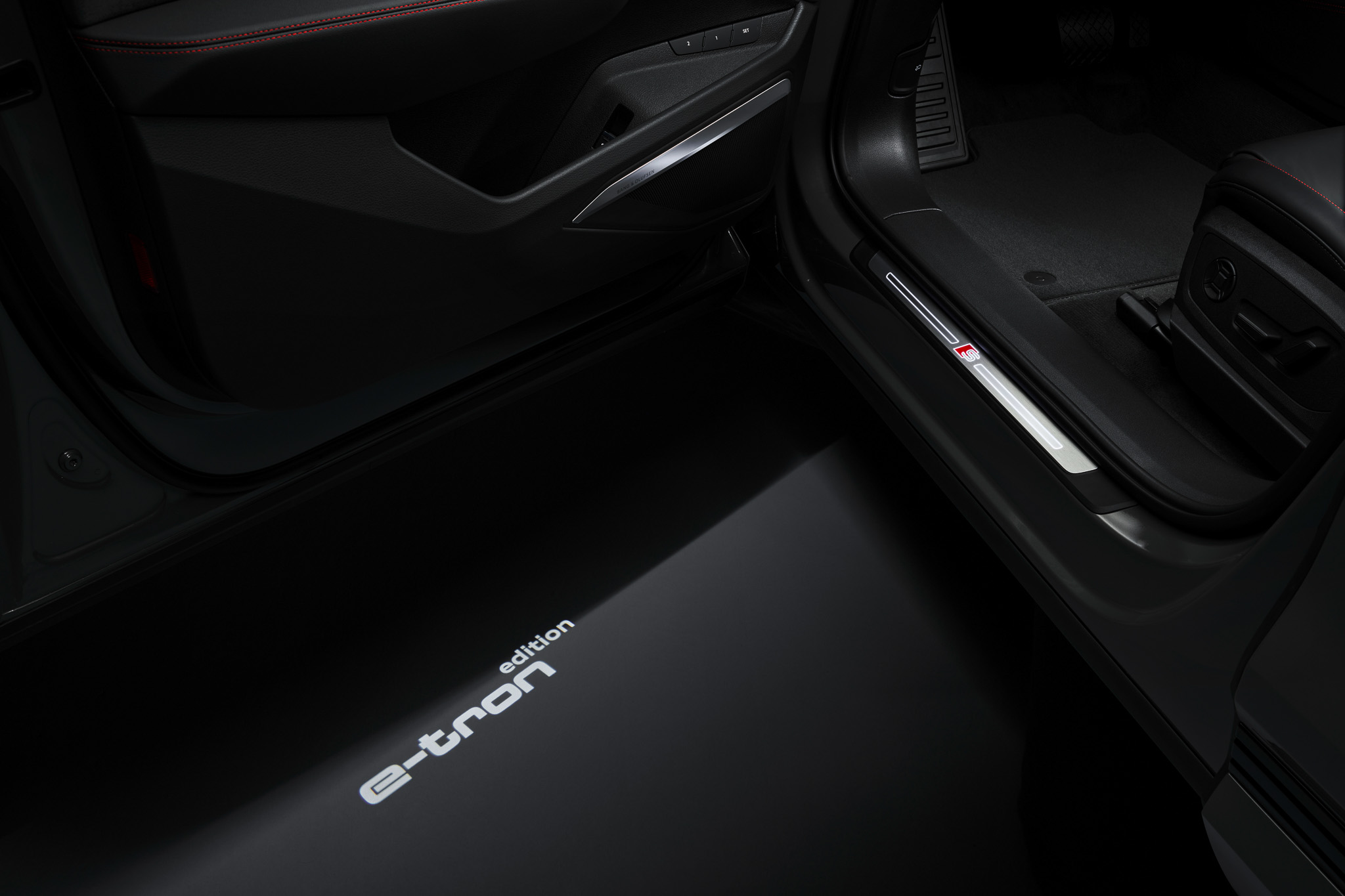
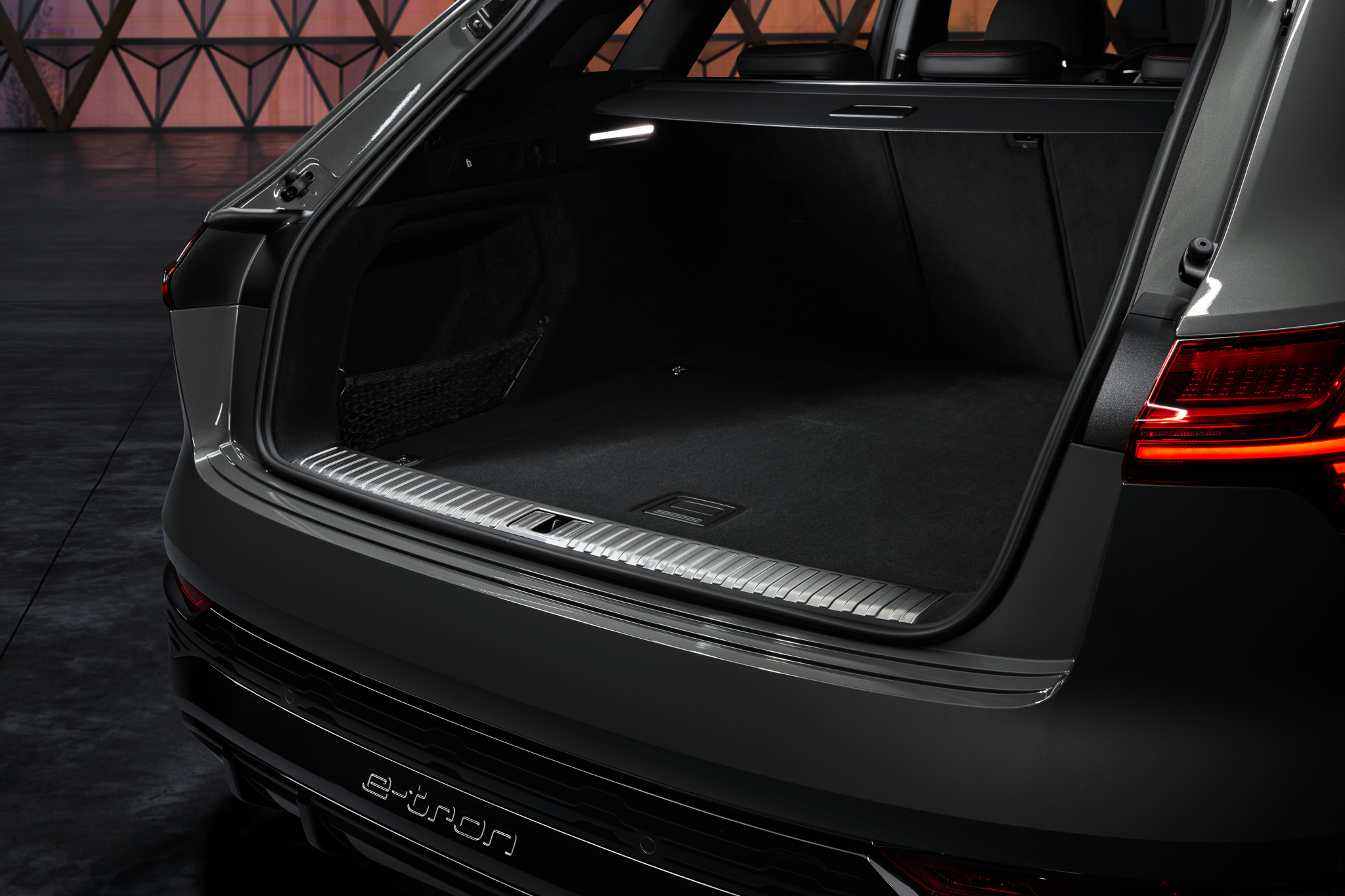
The cabin remains largely similar, with the same triple screen displays running off Audi’s MMI operating system. There are new materials for the interior trim and seats. These include a new walnut trim for the interior panels, more recycled materials and Dinamica fabric made from recycled plastic bottles for the seats. But it’s under the bodywork where the changes should be more apparent.
The steering system has been reworked for sharpened driving characteristics. New suspension arms, new steering software, revised axle kinematics, new steering ratios and adapted air suspension all serve to make the Q8 e-tron feel sharper, feel more agile and feel lighter. We’ve tested both the e-tron 55 and e-tron S Sportback and both cars weigh in north of the 2,500kg mark, so the improved dynamism would undoubtedly be appreciated.
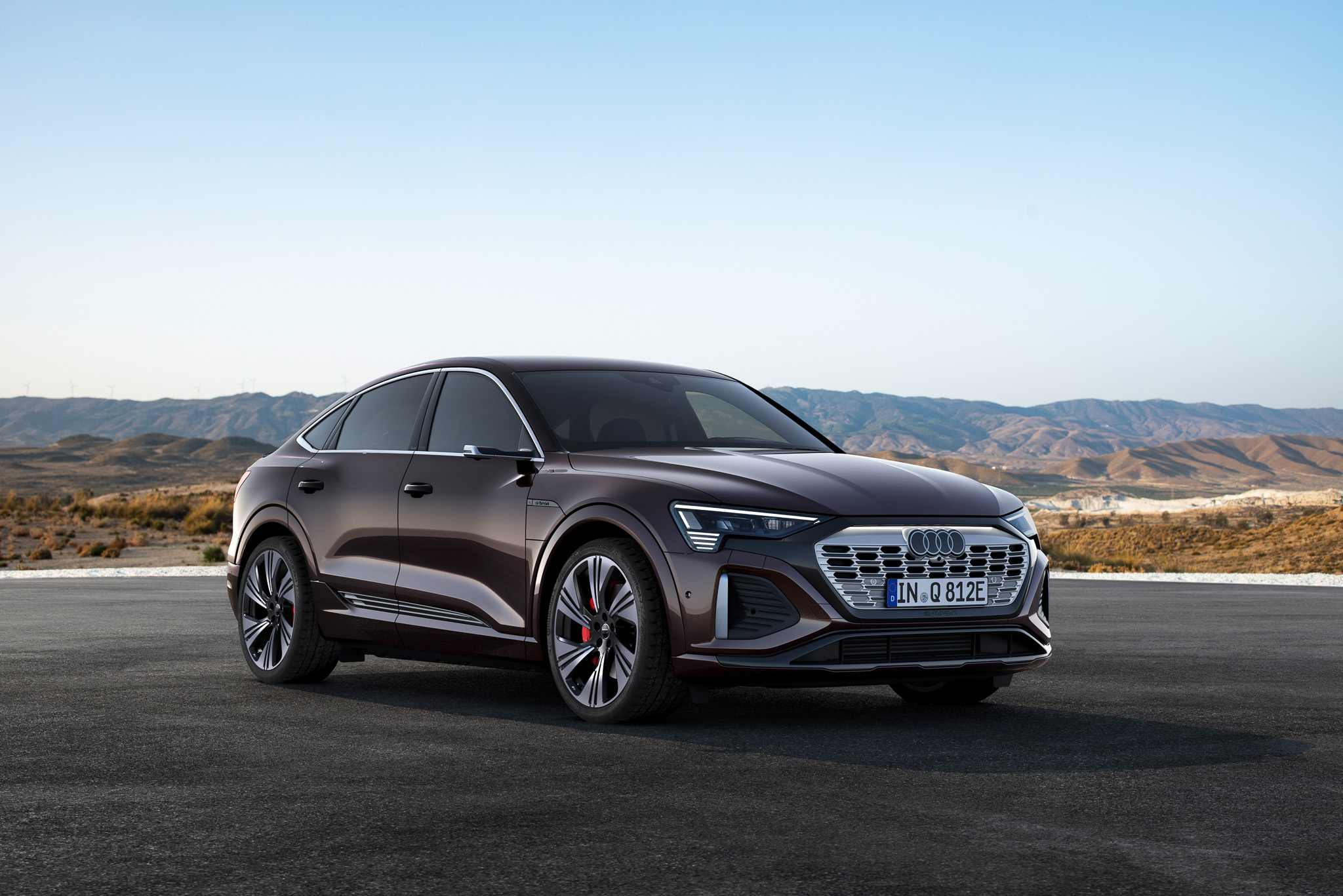
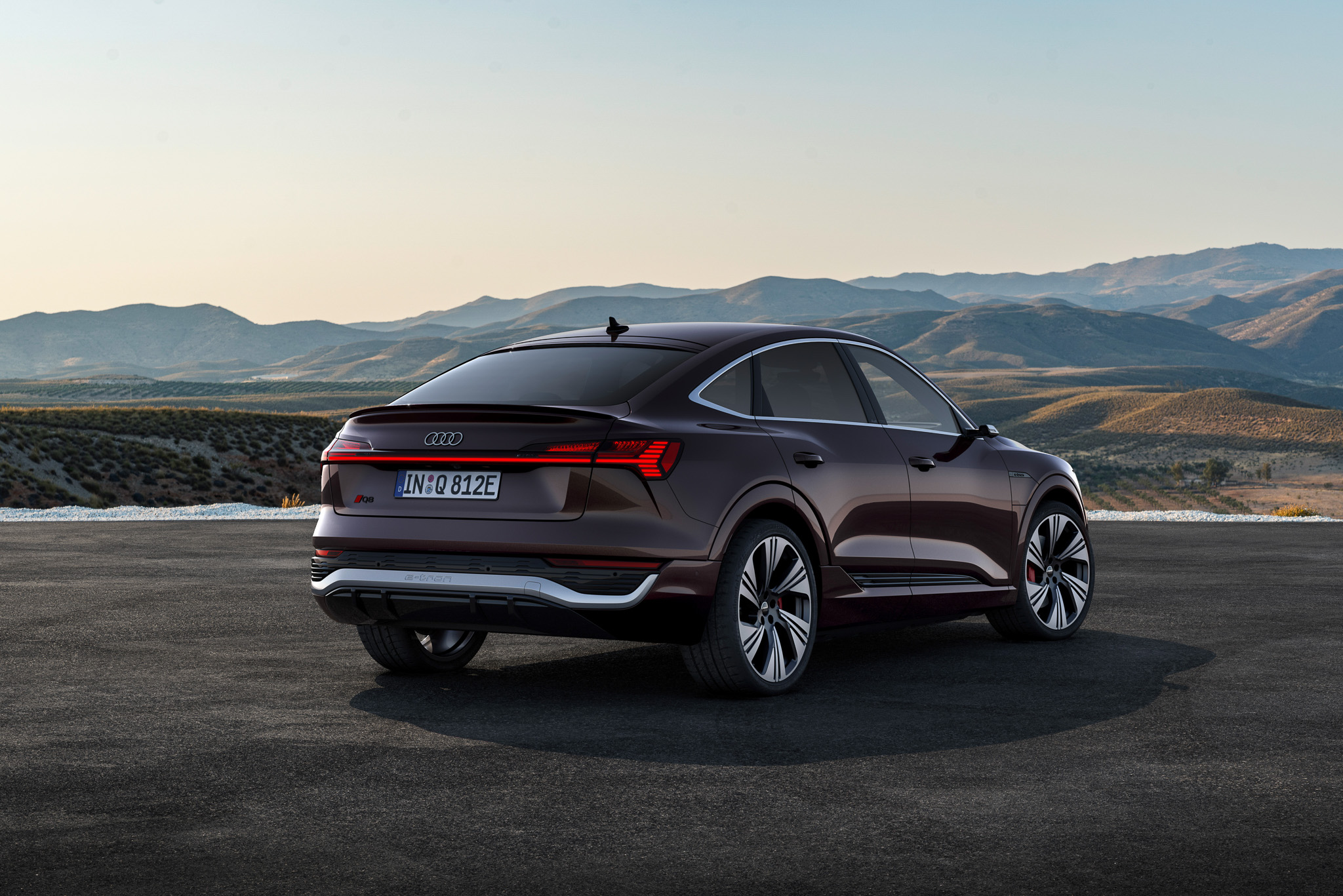
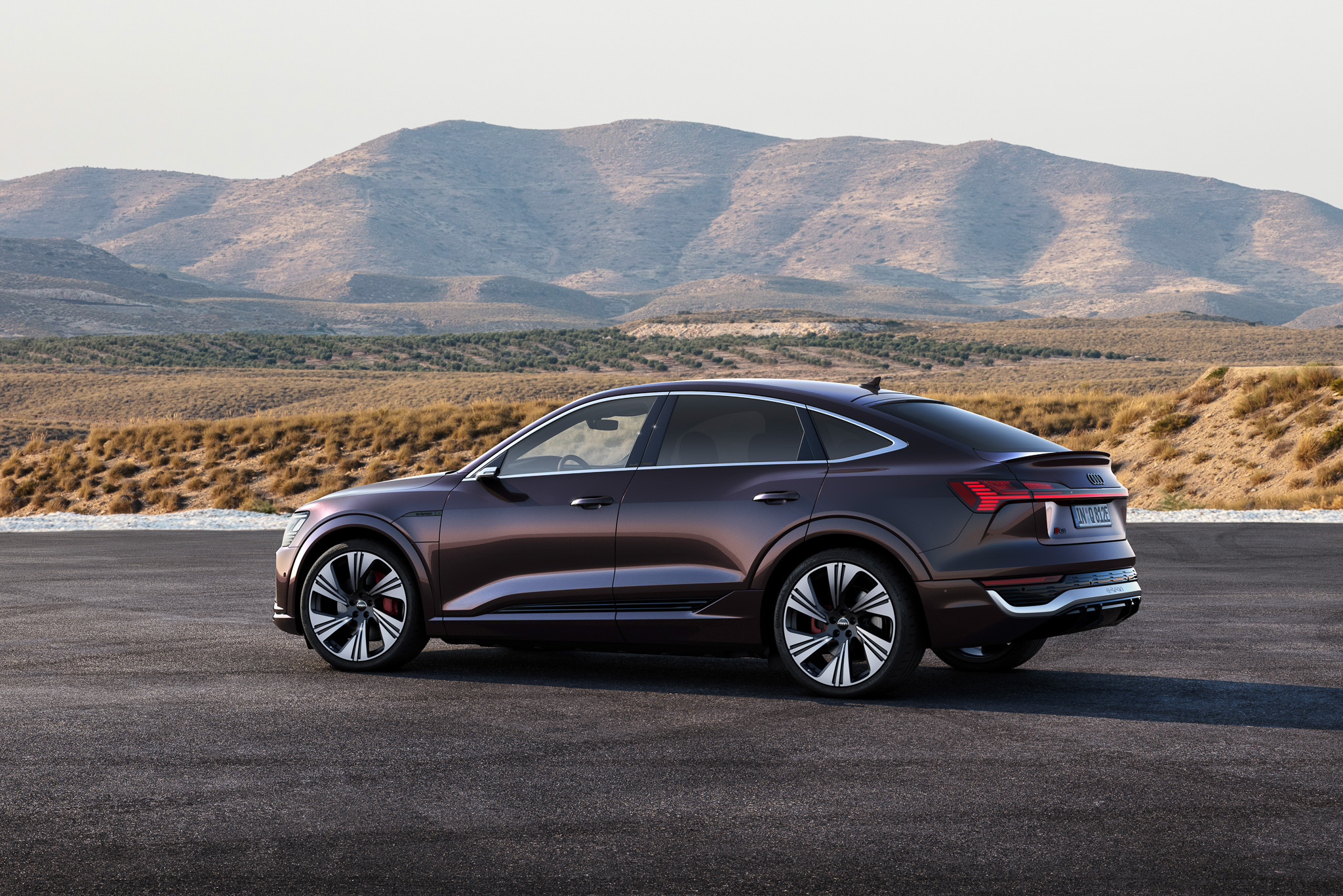
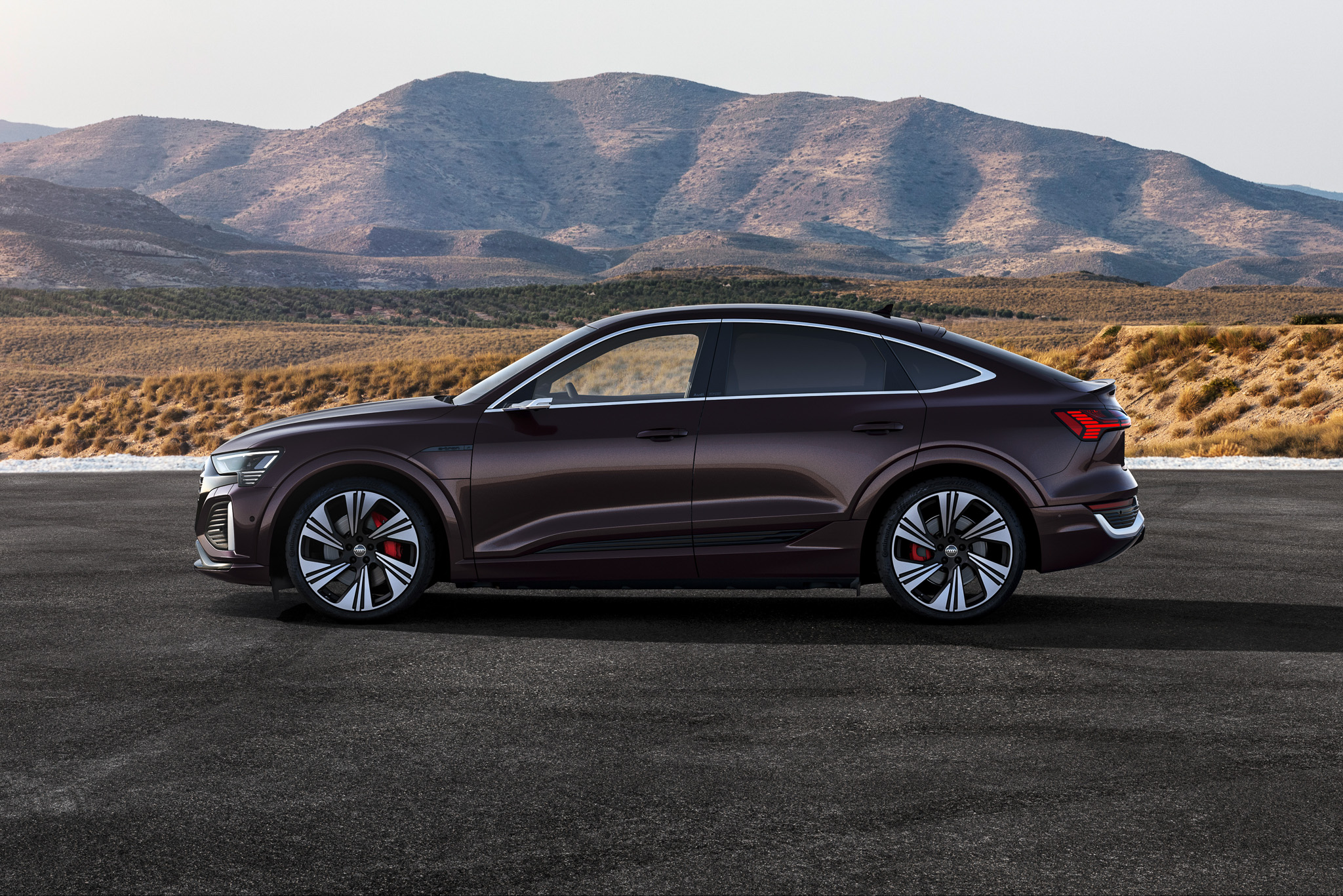
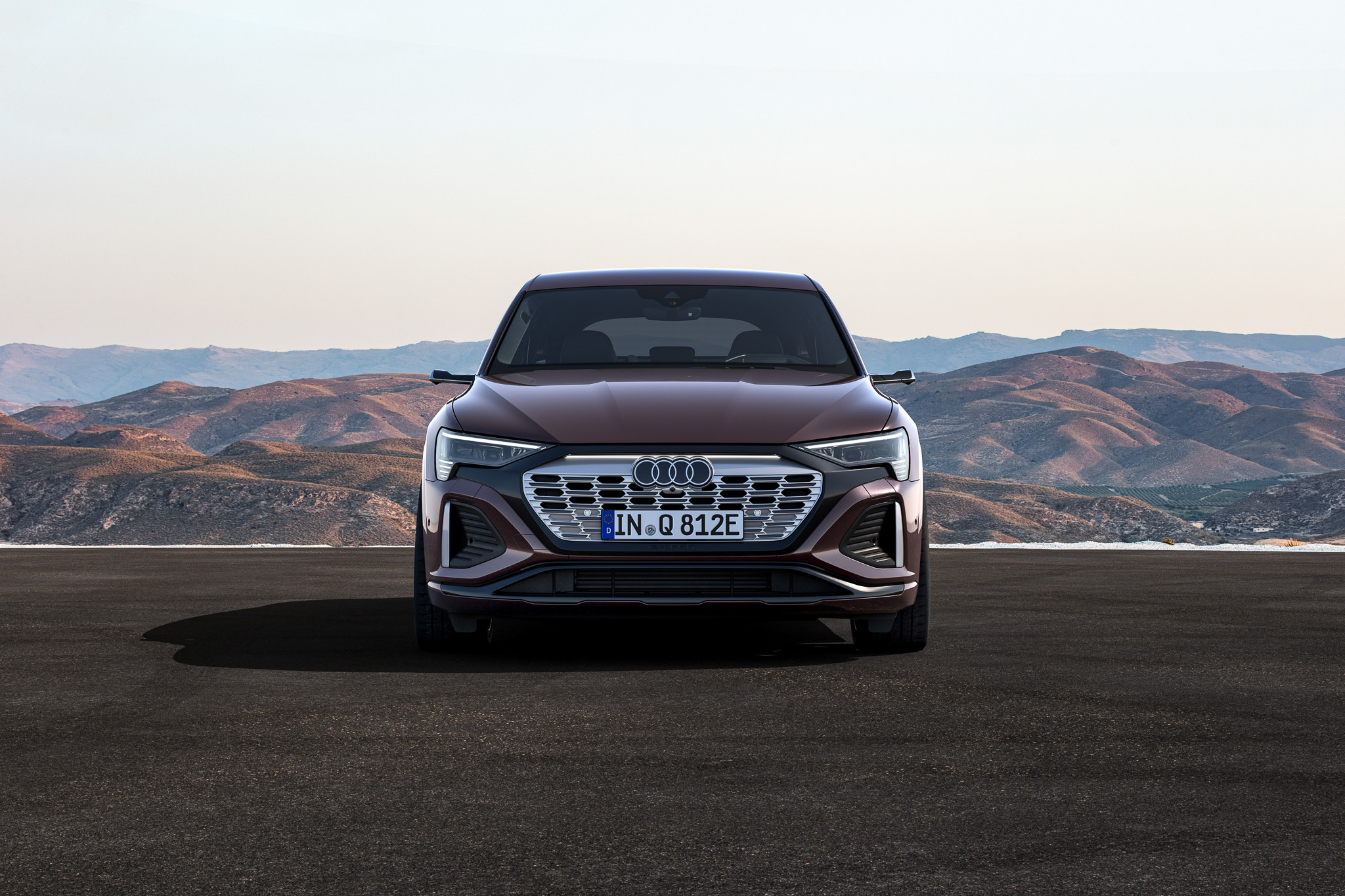
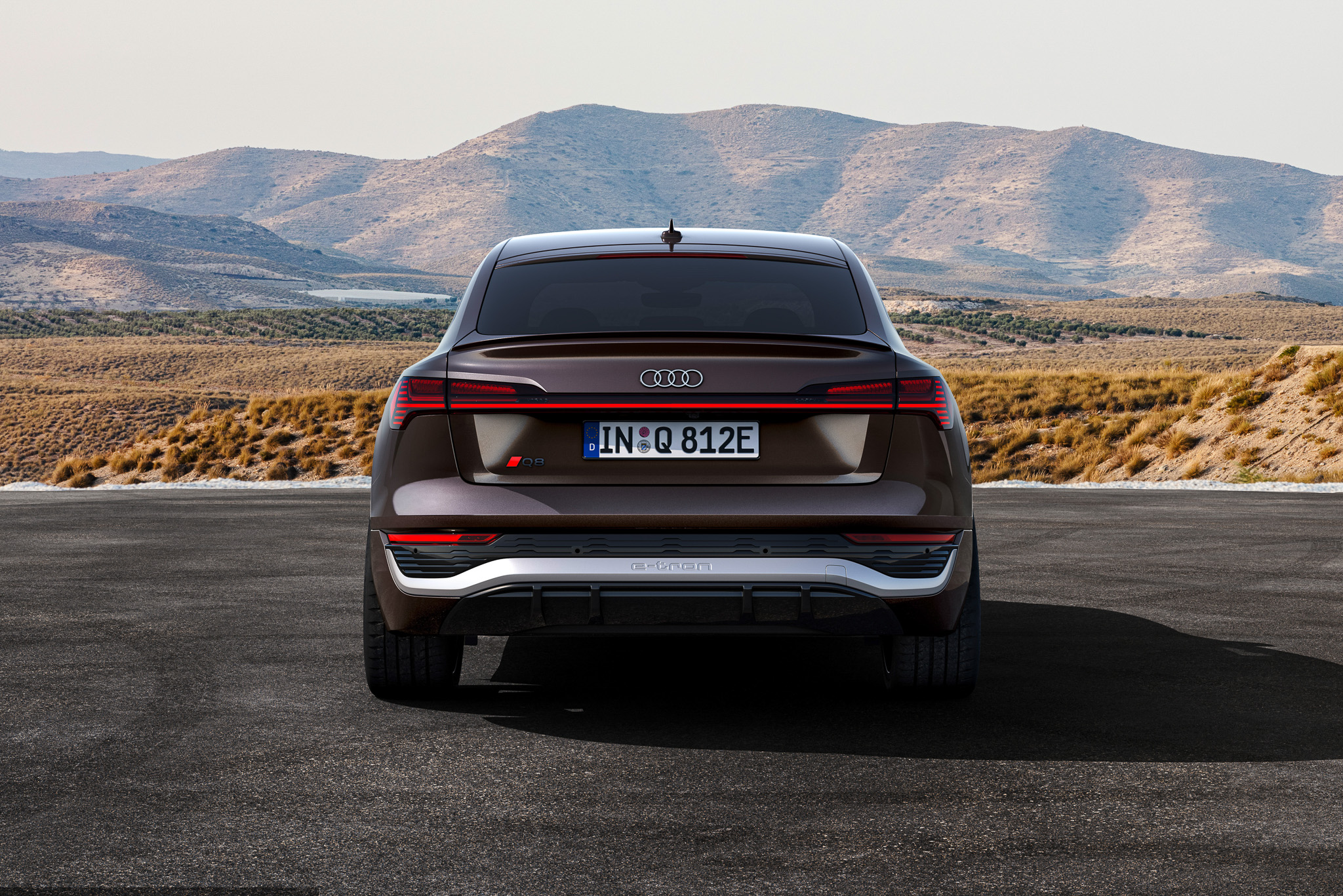
Crucially, the drivetrain has been tweaked and improved too. The electric motors now have an increased number of windings on the stator side of the electric motor (up to 14 coils from 12 in the previous car) which generates a stronger electromagnetic field while utilising the same amount of electricity. Simply put, the same amount of electricity now nets more torque, which bodes well for efficiency, which in turn improves range and consumption figures.
The batteries in the Q8 e-tron have been improved too. The previous e-tron 50 had a 71kWh battery, while the e-tron 55 and e-tron S had 95kWh battery packs. These have now been increased to 91kWh and 114kWh respectively. AC charging rates remain the same at 11kW, but Audi offers the Q8 e-tron with optional 22kW AC charging. DC charge rates max out at 150kW for the “50” model and 170kW for the “55” model and SQ8 e-tron.
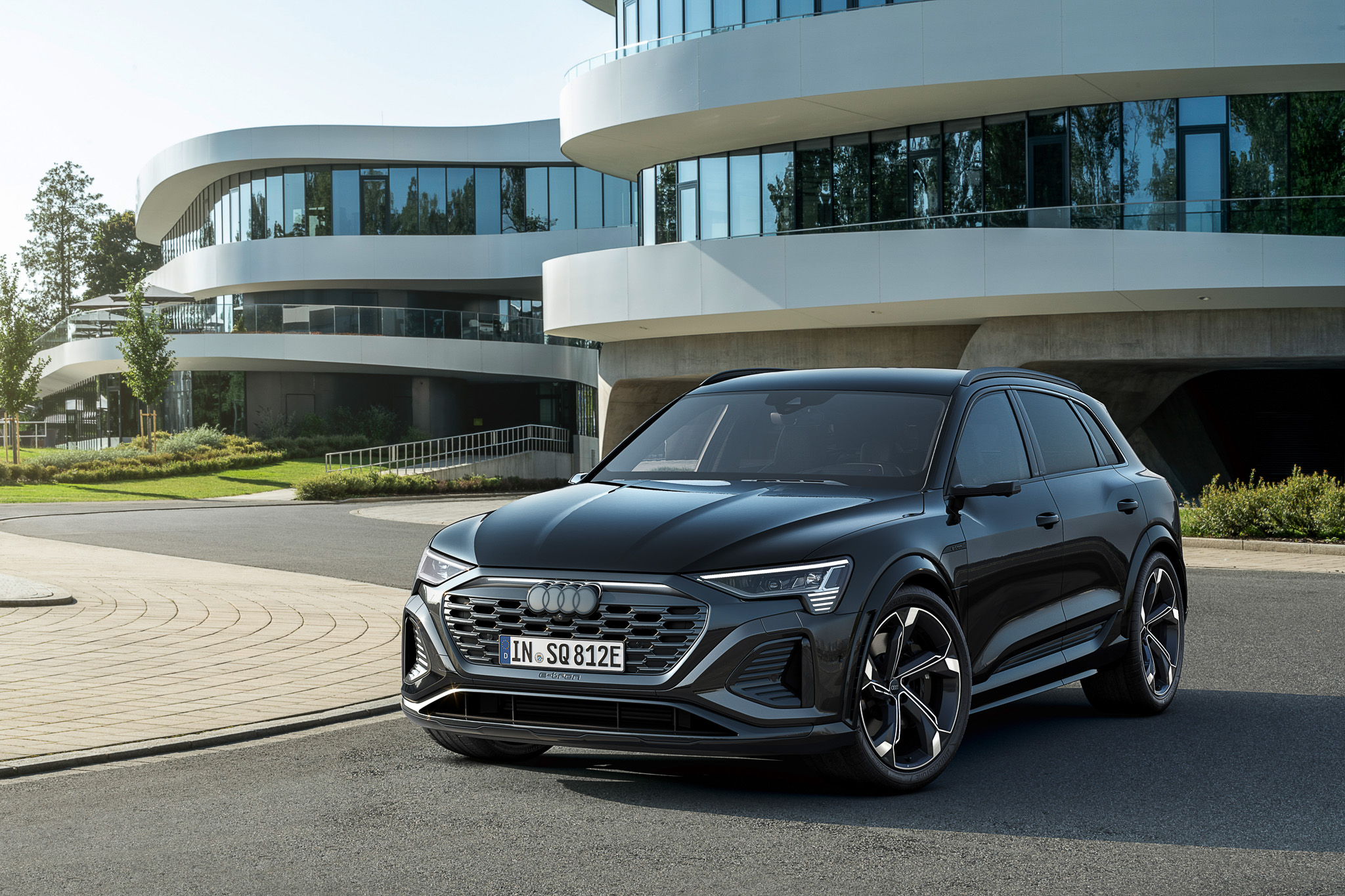
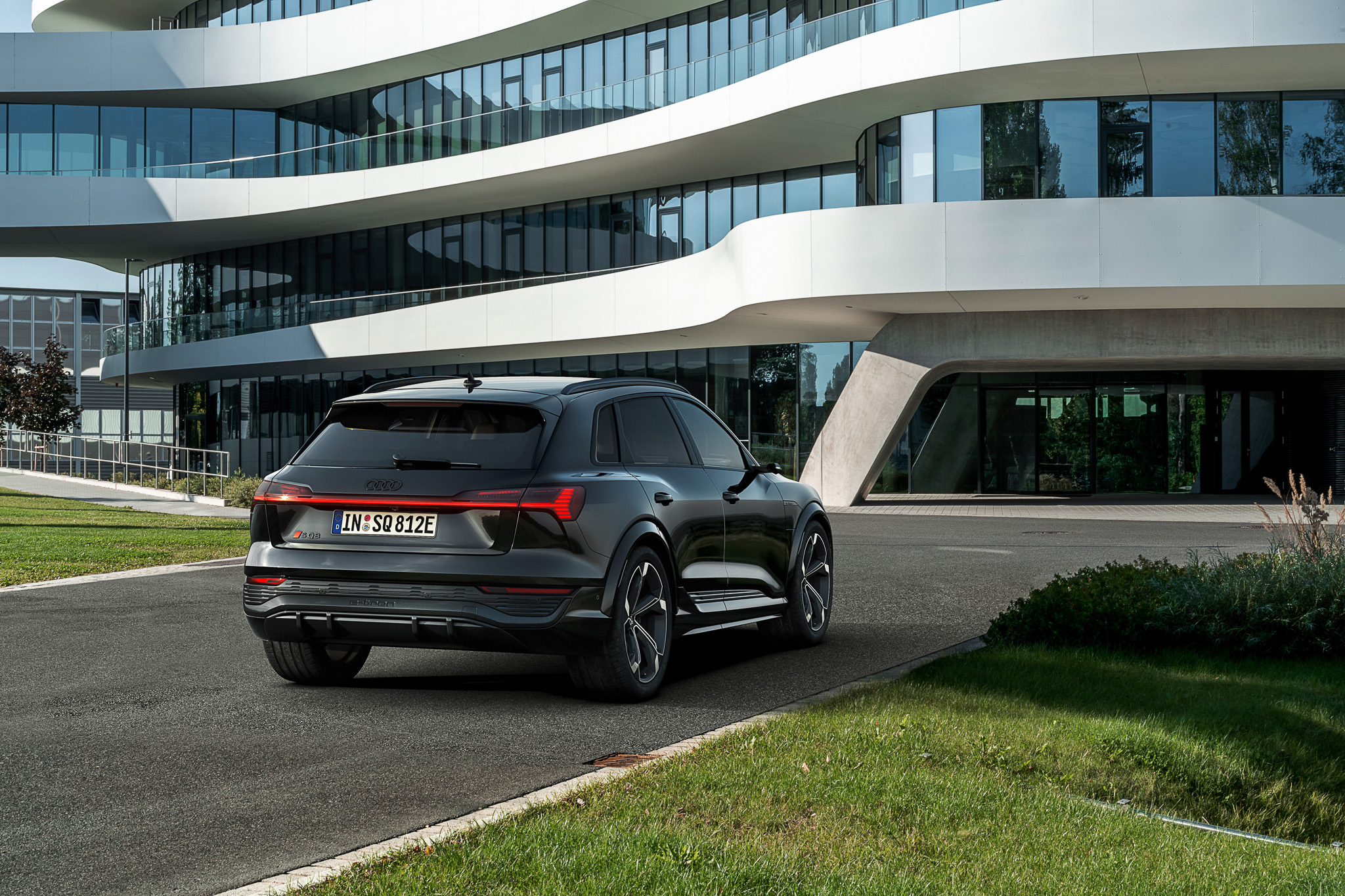
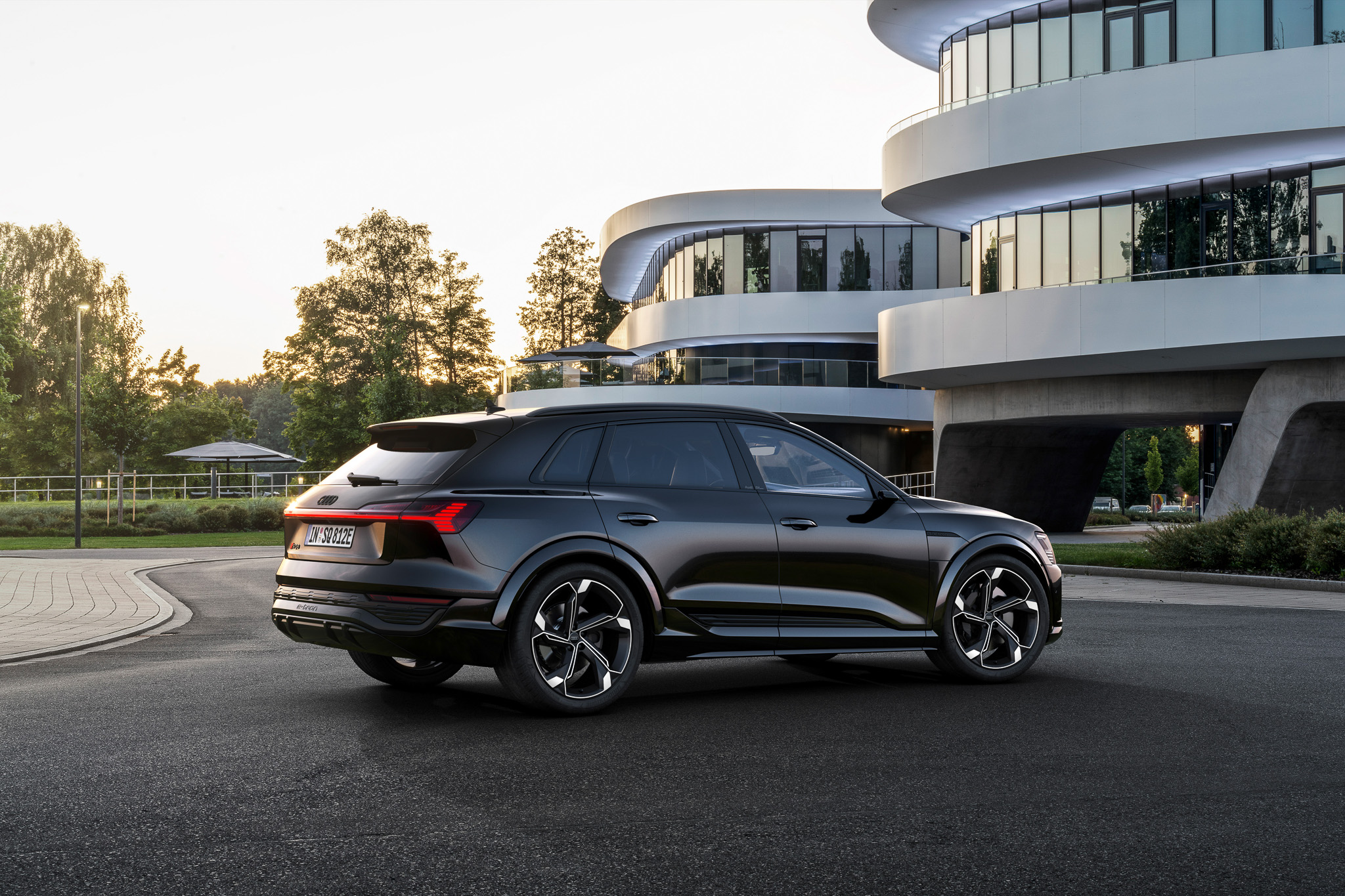
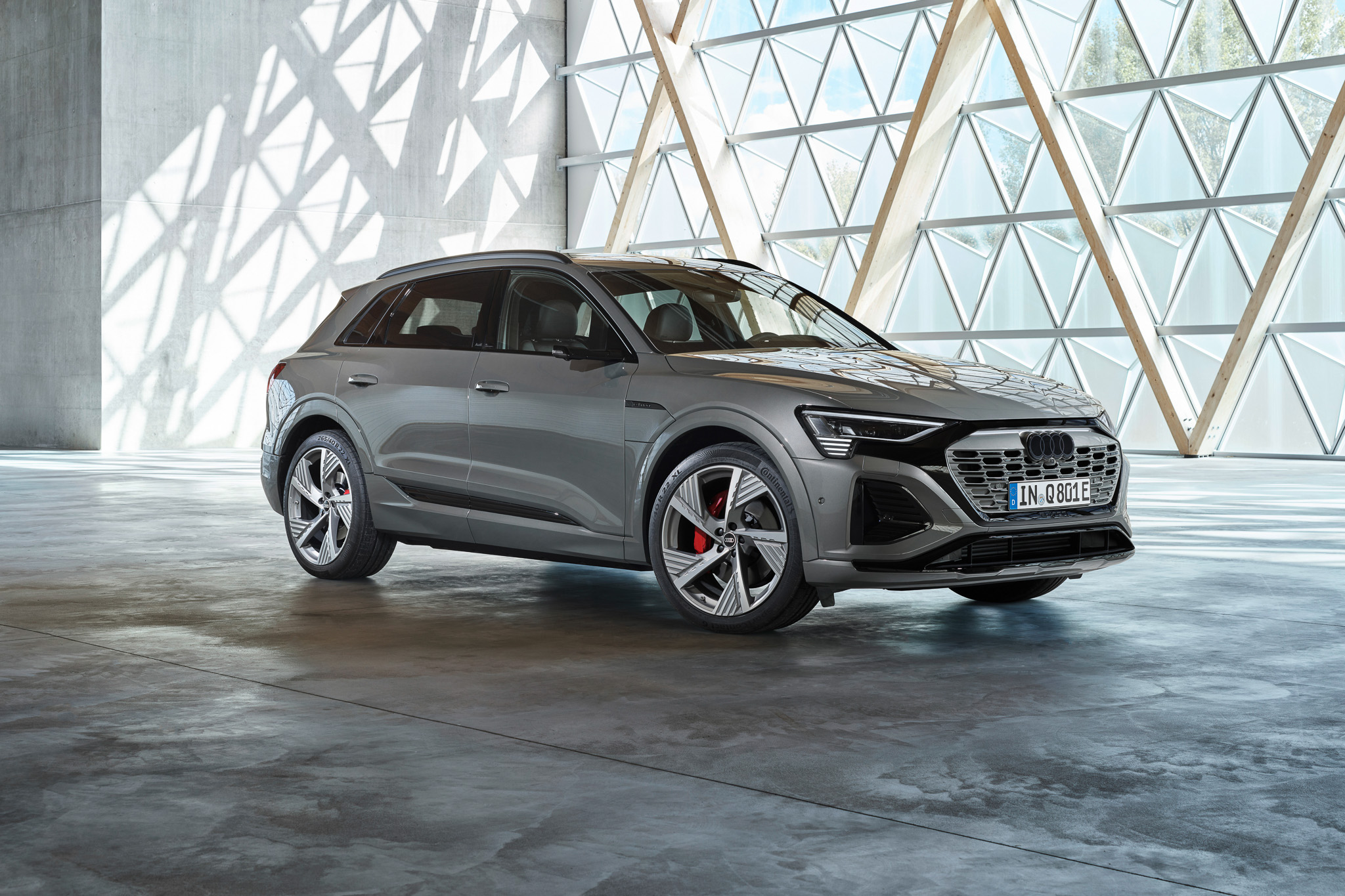
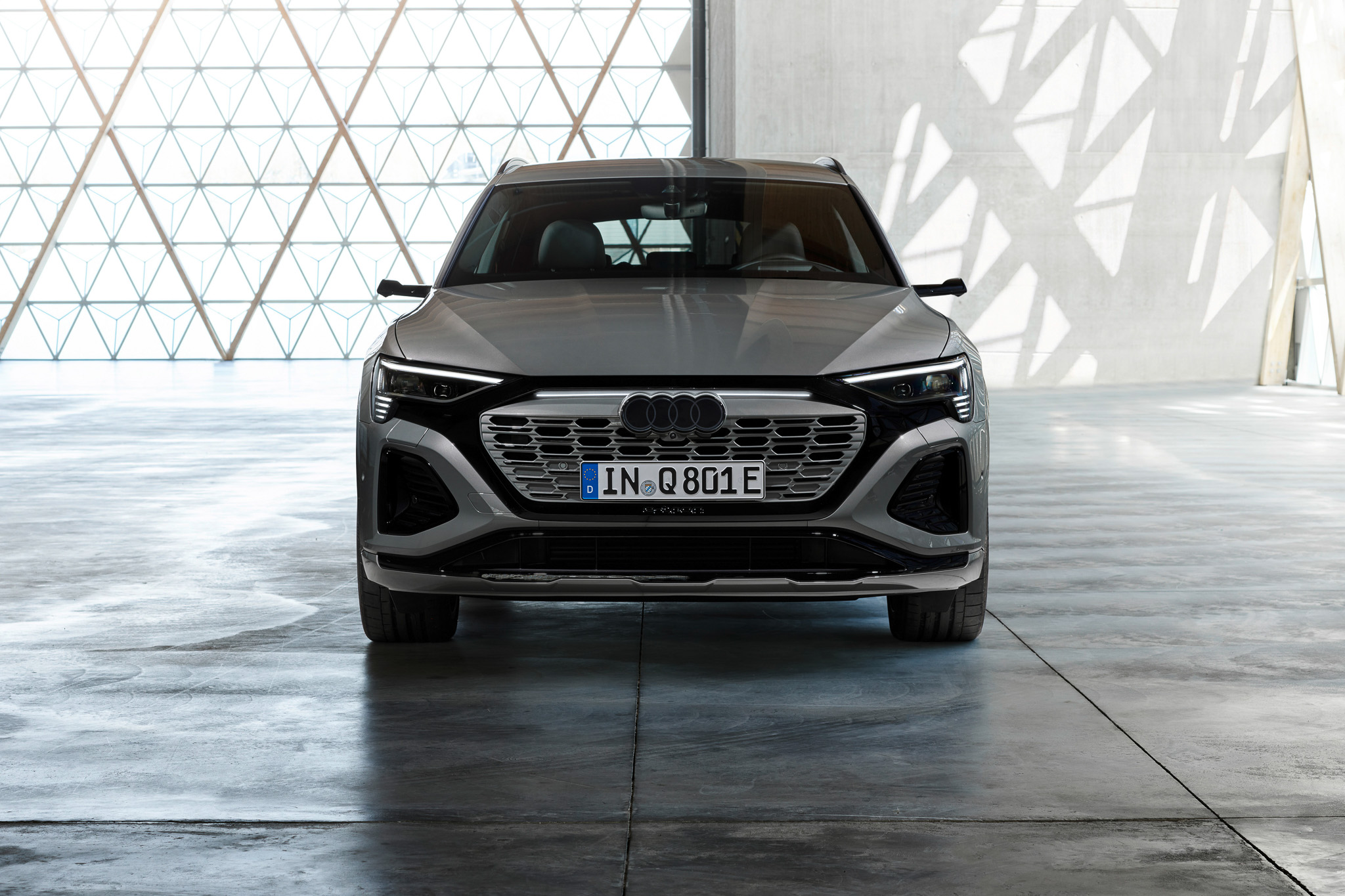
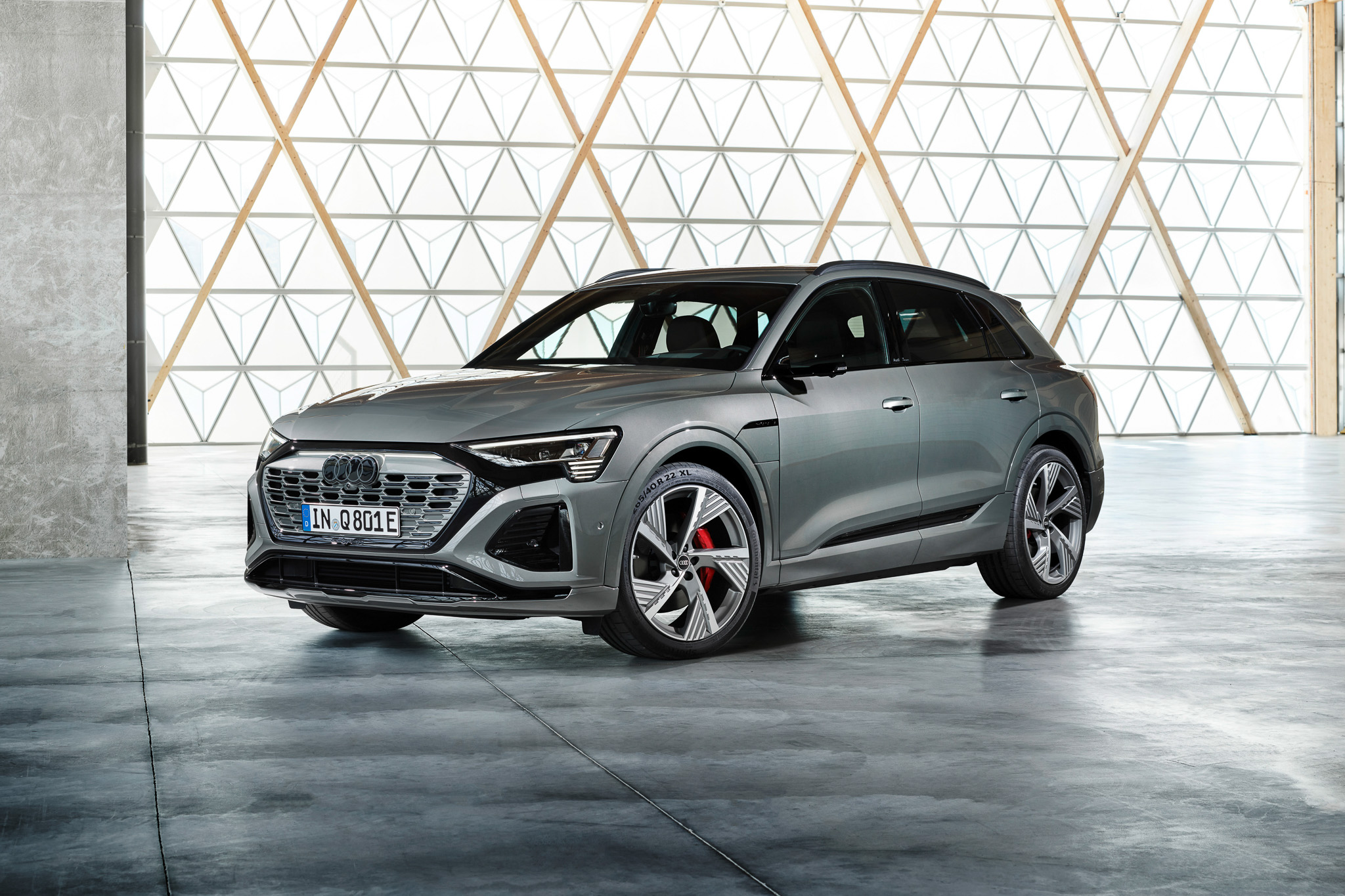
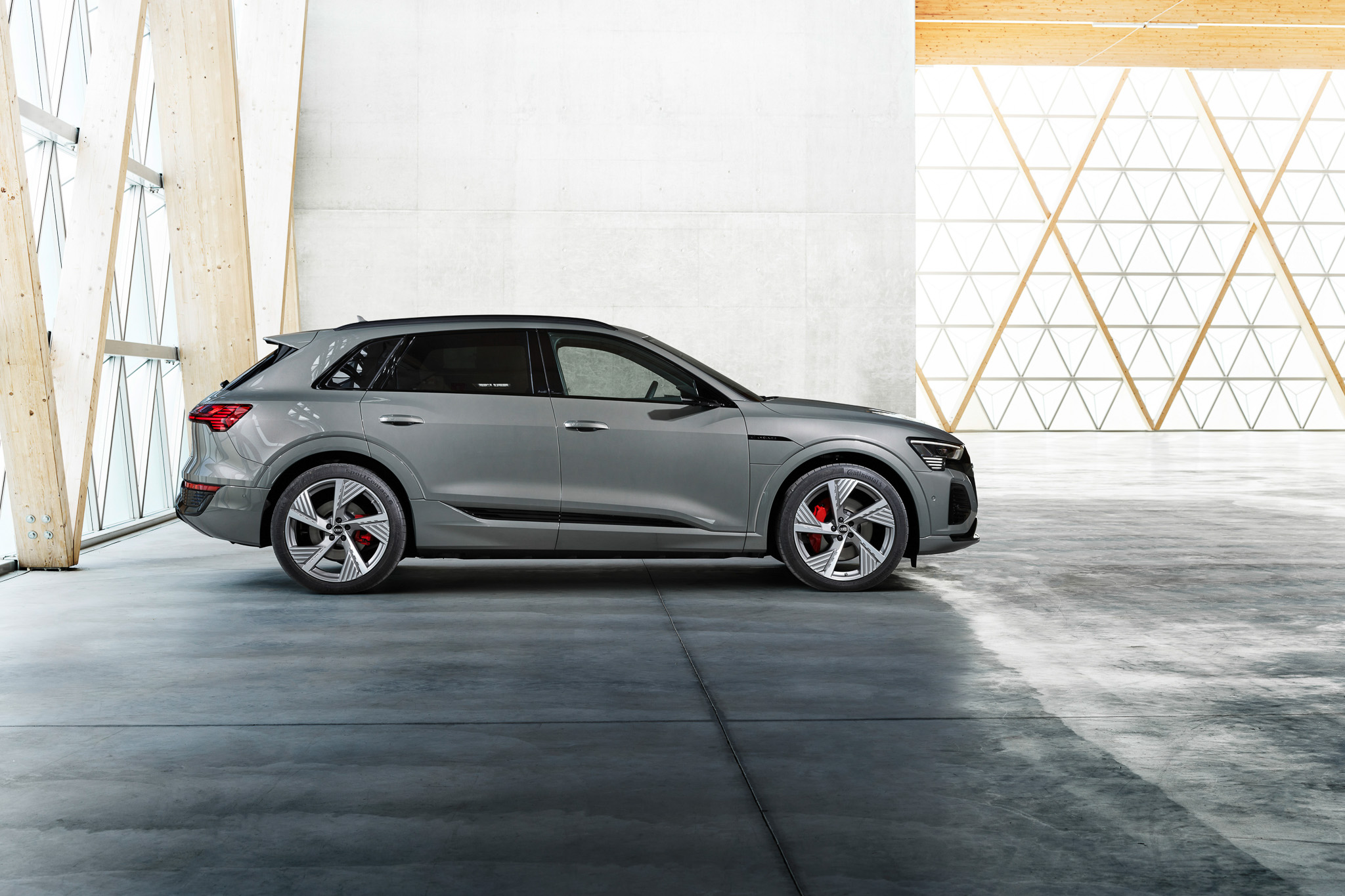
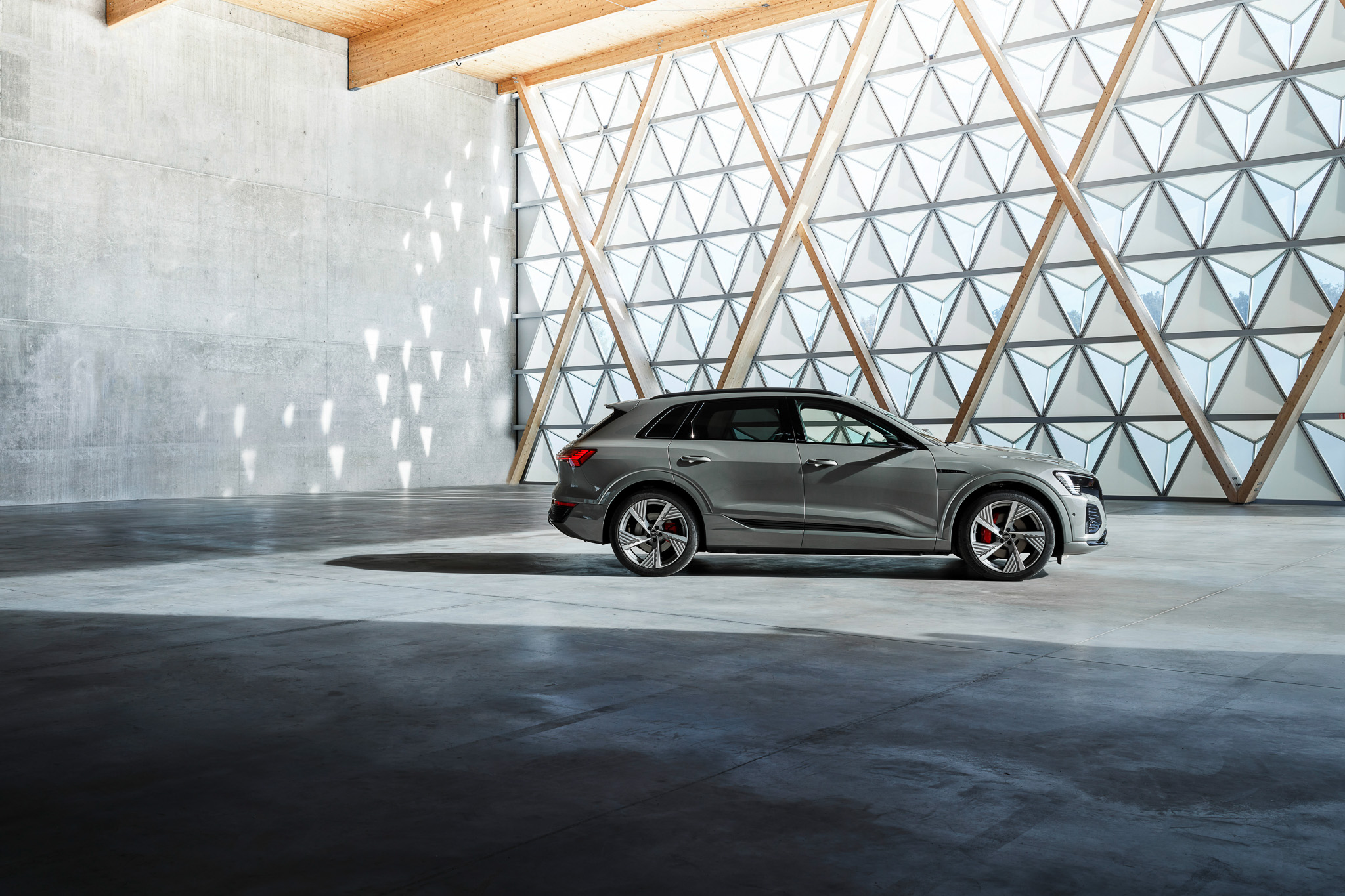
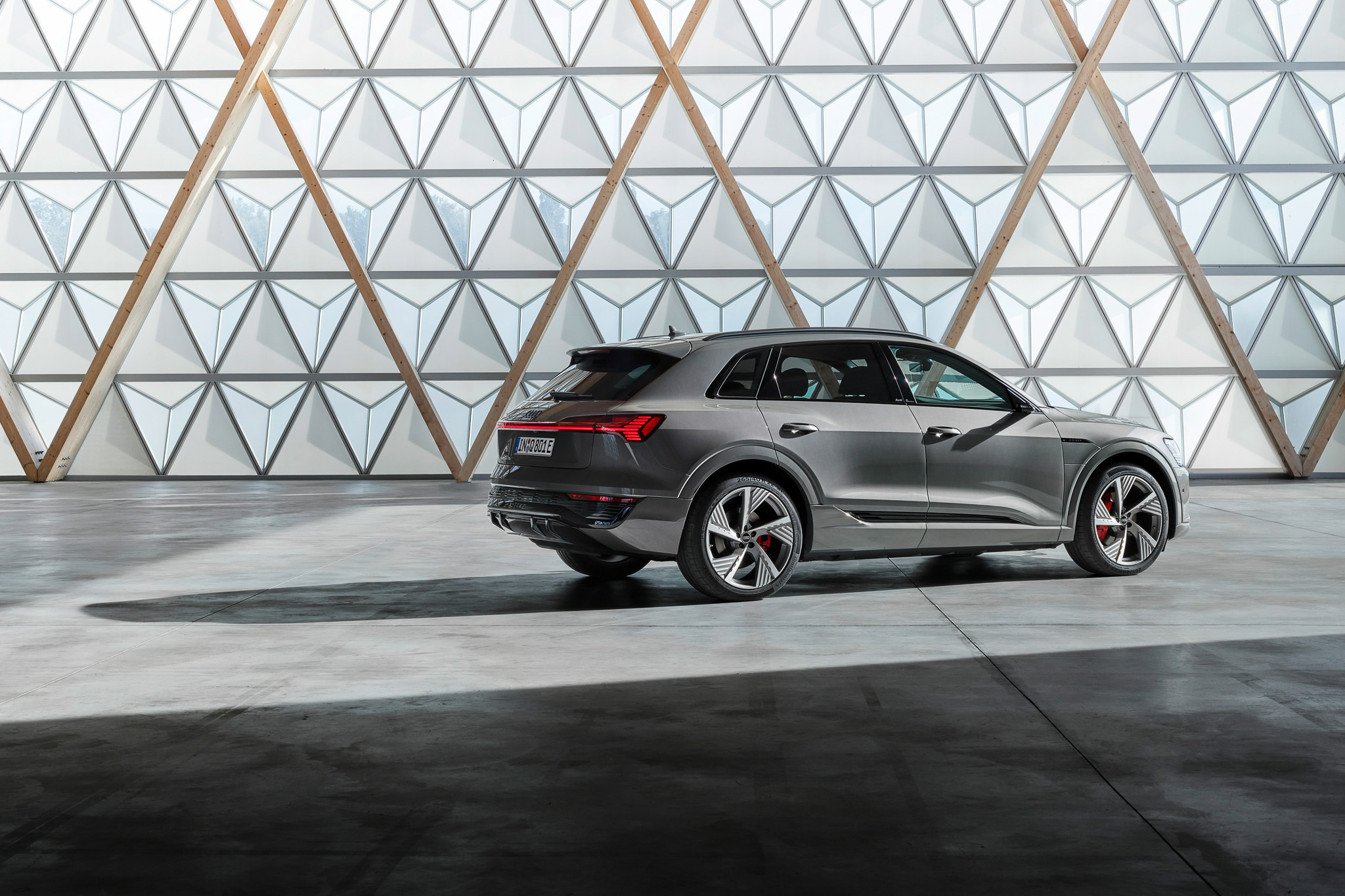
Power and torque figures for all three powertrains remain similar, though the range figures have been increased. The Q8 e-tron 50 is able to generate up to 335 horsepower and 664Nm of torque on boost, and has a WLTP range of 491km and 505km for the Sportback. The “55” model produces 402hp/664Nm on boost but range has expanded to 582km, and 600km for the “55” Sportback. The SQ8 e-tron retains its 496hp/973Nm tri-motor powertrain but sees its range figures increase to 494km for the SUV and 513km for the swoopy Sportback.
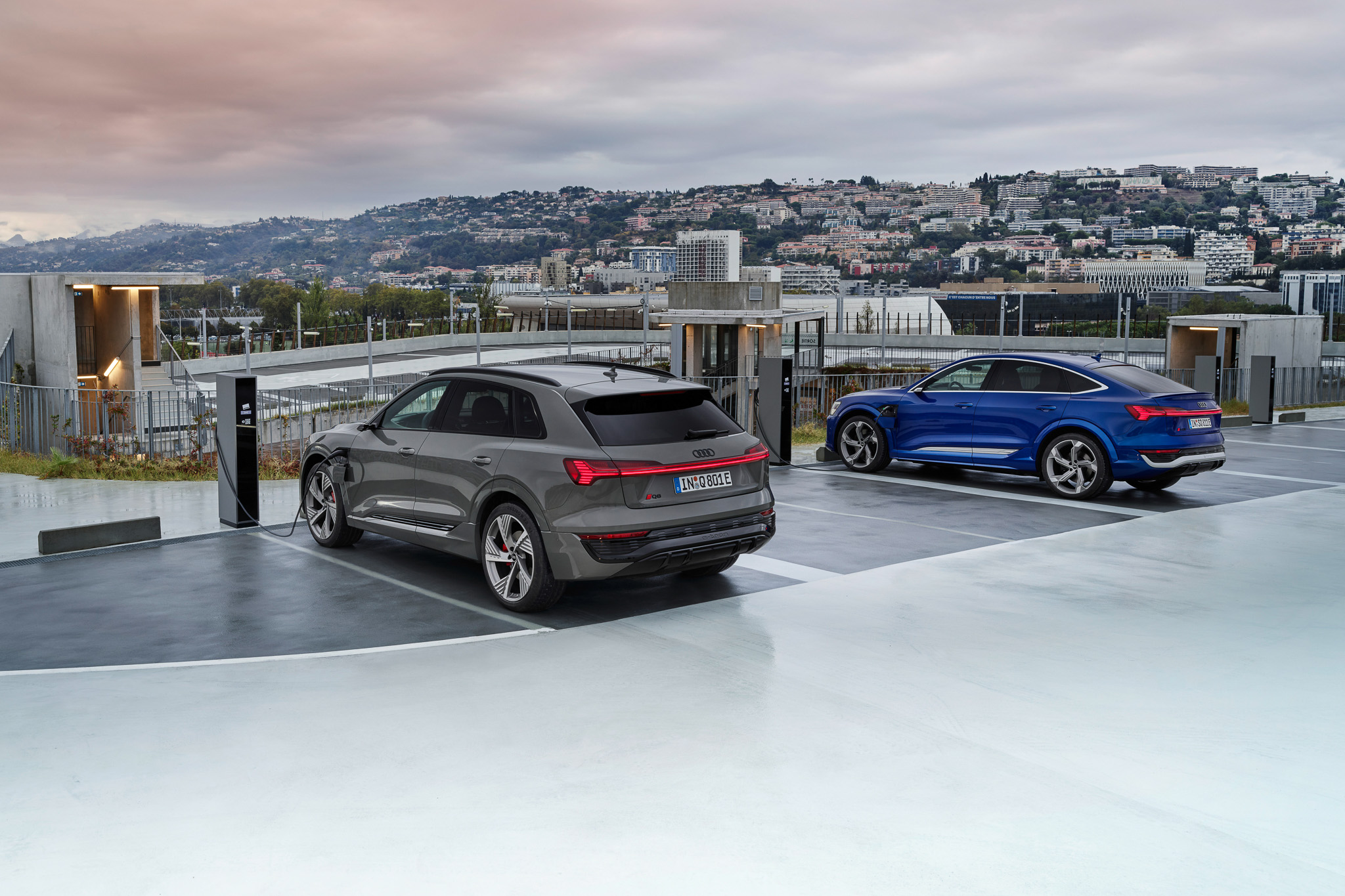
No word yet on pricing or the Q8 e-tron’s availability in Singapore, but we should expect it to arrive in our market sometime in the third quarter of 2023.
PHOTOS Audi







